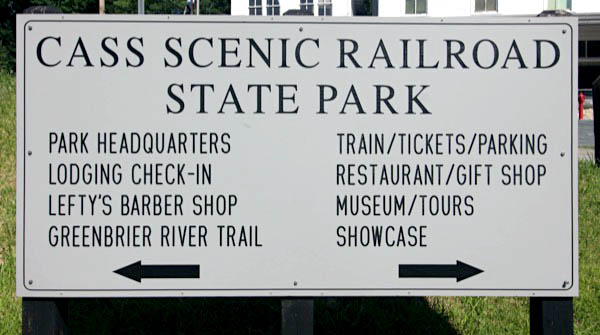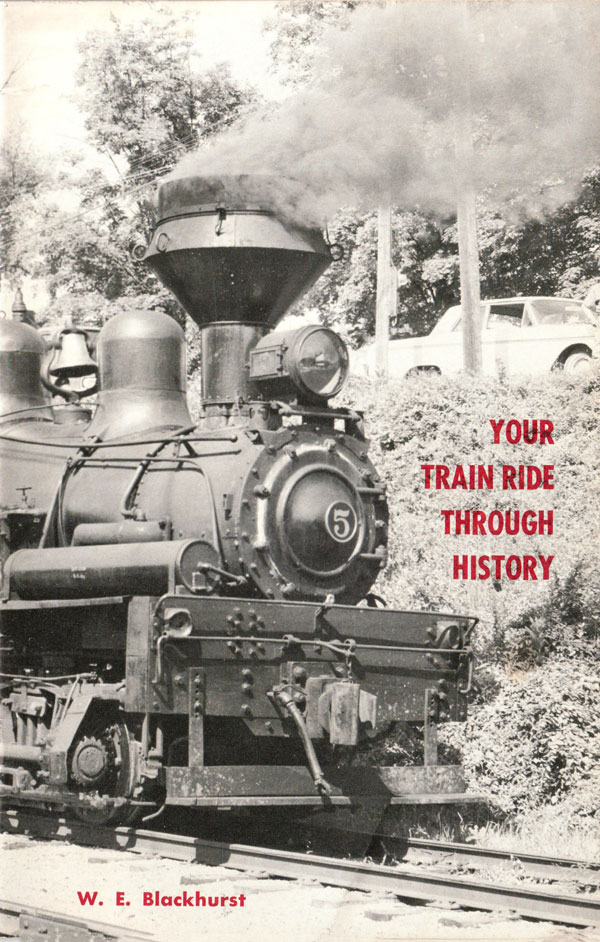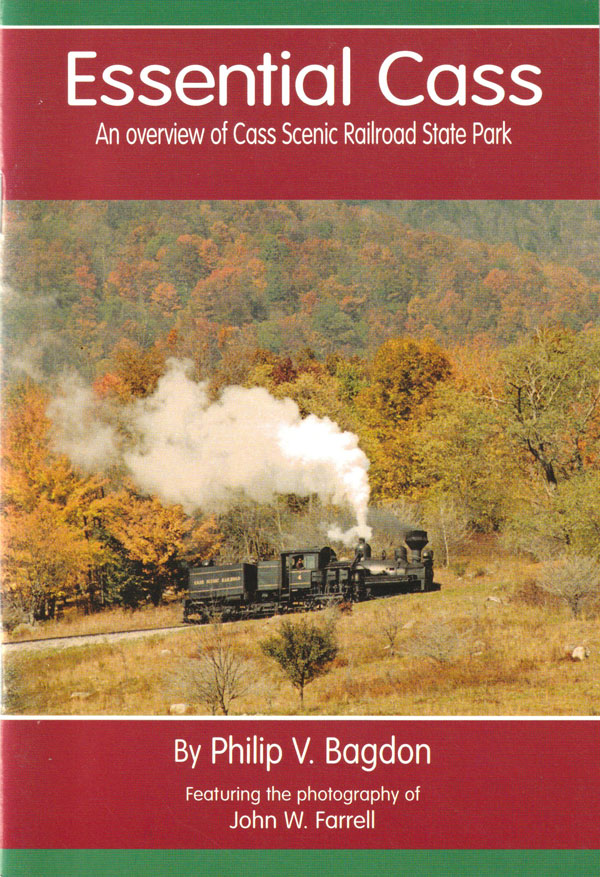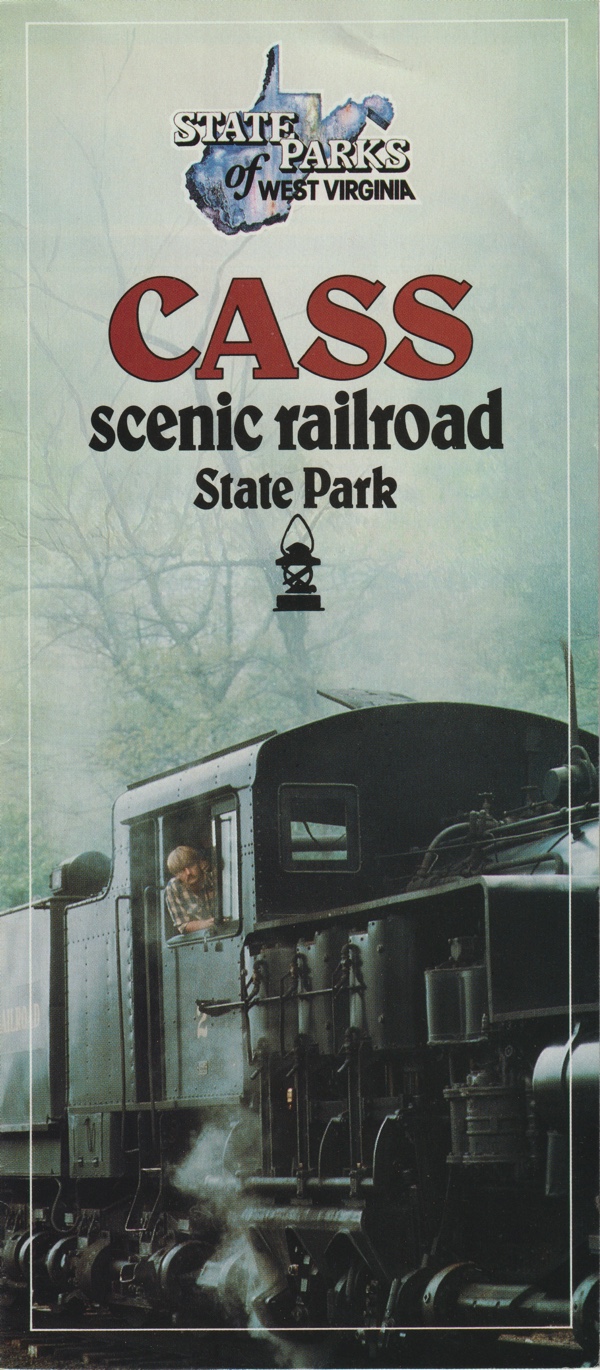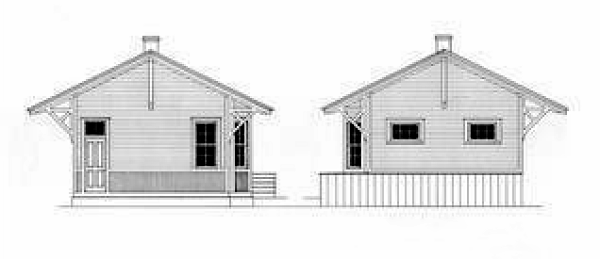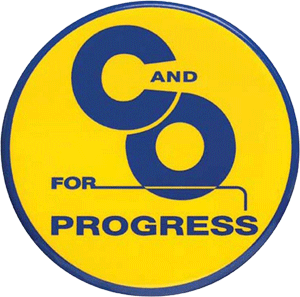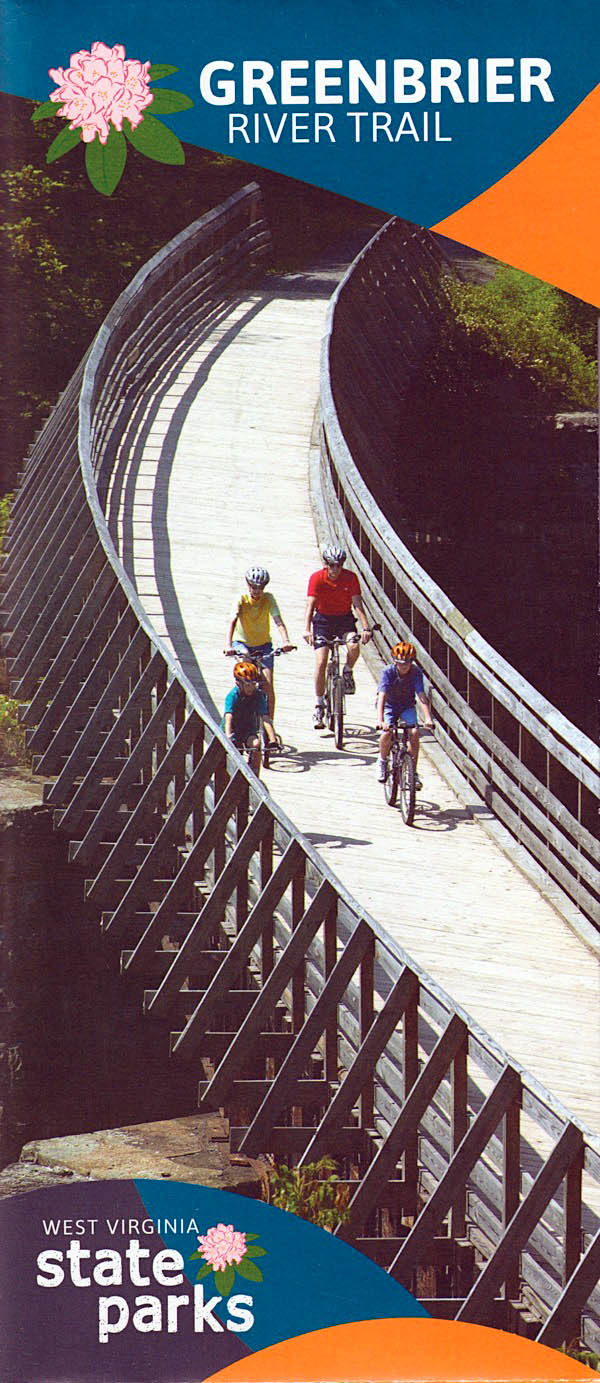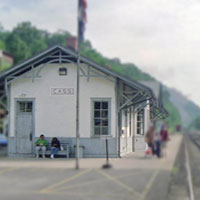 |
Cass Scenic Railroad Cass, West Virginia |
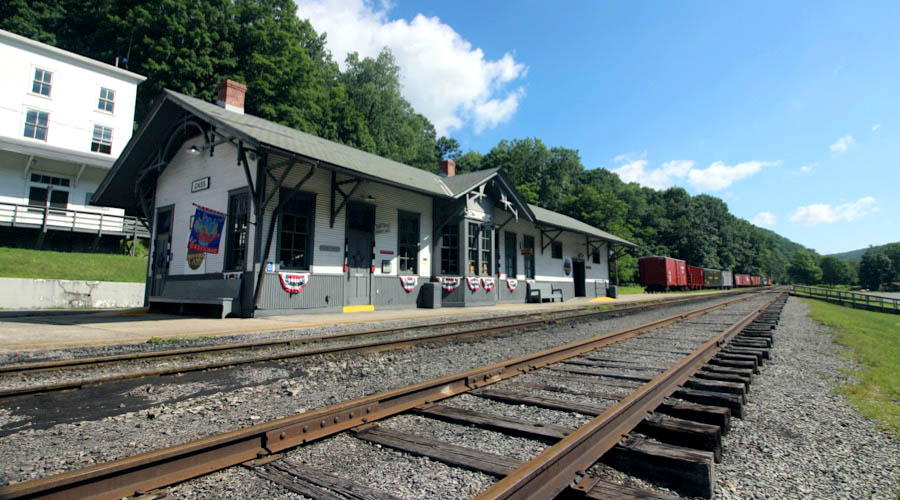
Cass, WV / Jun 2022 / RWH

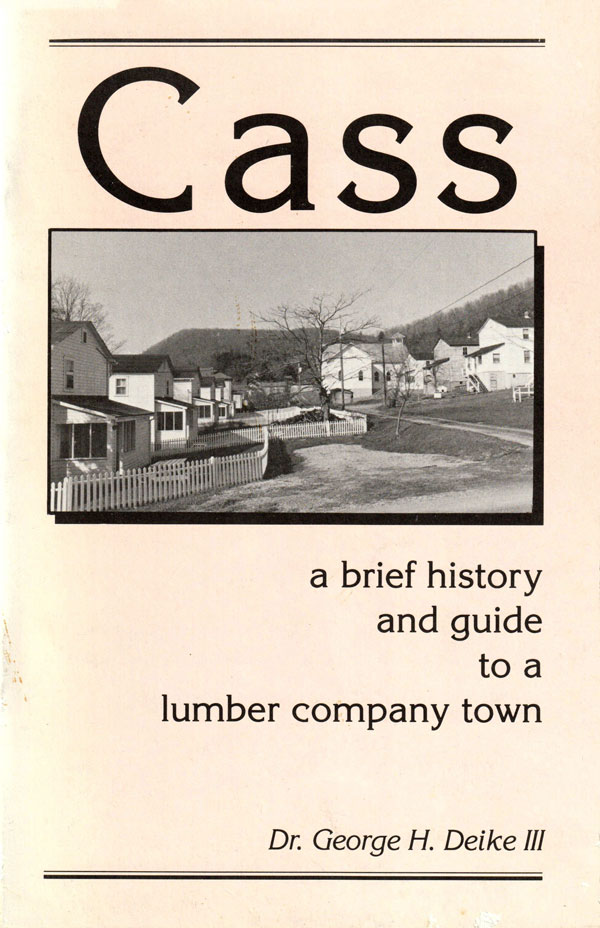
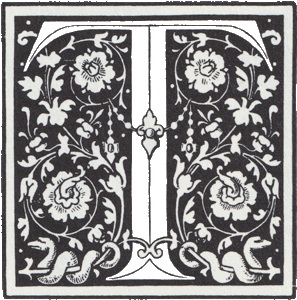 he Chesapeake & Ohio Railway built across southern West Virginia in the 1870's, but its main line was eighty miles down the Greenbrier River from the site of Cass. By the 1880's the value of the timber in the Greenbrier Valley was recognized, and for twenty years after that pine was cut and floated on the spring floods down the river. By the 1890's newspapers carried stories about several railroads proposed to follow the river, and in 1899 construction of a C & 0 branch up the river was begun.
he Chesapeake & Ohio Railway built across southern West Virginia in the 1870's, but its main line was eighty miles down the Greenbrier River from the site of Cass. By the 1880's the value of the timber in the Greenbrier Valley was recognized, and for twenty years after that pine was cut and floated on the spring floods down the river. By the 1890's newspapers carried stories about several railroads proposed to follow the river, and in 1899 construction of a C & 0 branch up the river was begun.
Lumber companies were already investing in timberlands along the route of the railroad. One of these was West Virginia Pulp & Paper Company, which was interested in the spruce trees on the high mountains west of the river. They bought nearly 68,000 acres on Cheat Mountain north from what is today the Snowshoe Mountain Resort, five months before railroad construction began, and eventually owned 173,000 acres of forest land. They also bought the site of Cass.
George H. Deike III / Cass: A Brief History and Guide to a Lumber Company Town / 1989
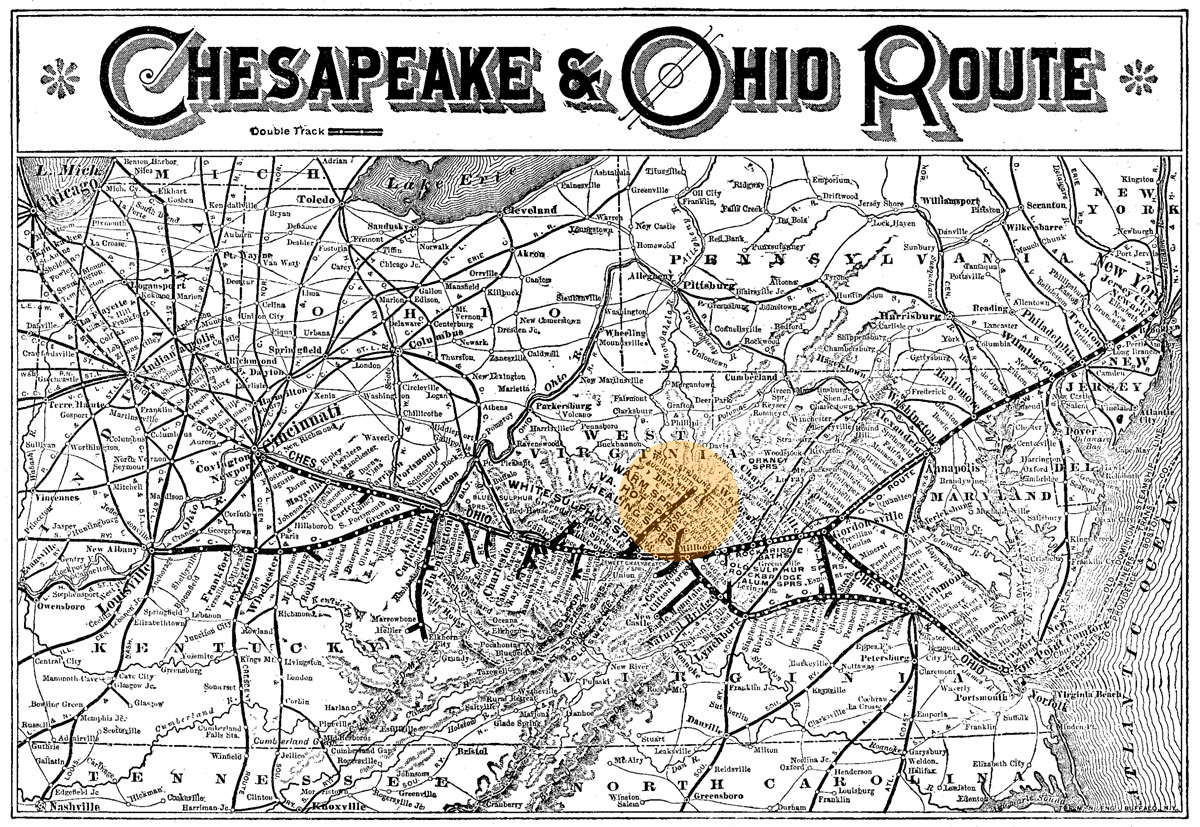
1910 Chesapeake & Ohio Official Guide map / collection
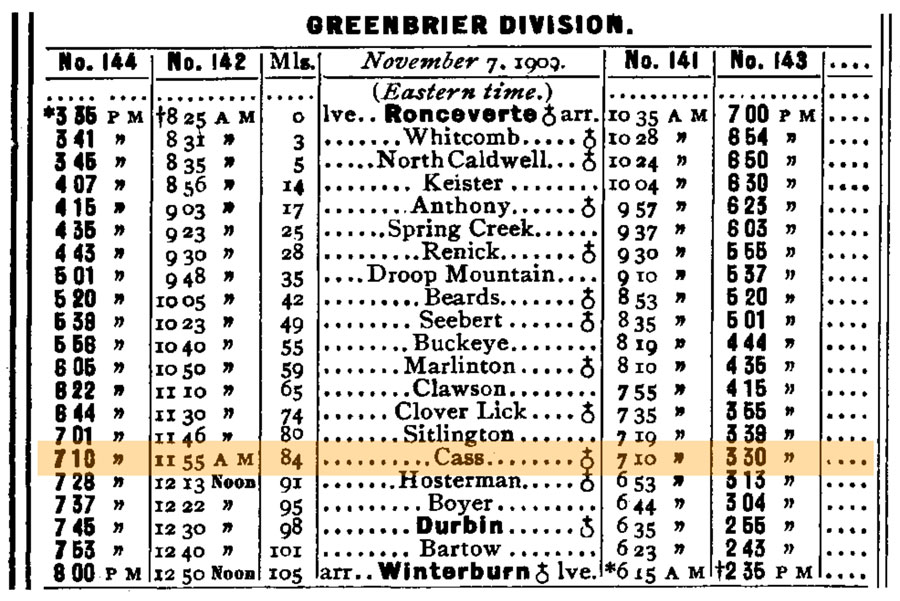
1910 Official Guide ad / collection
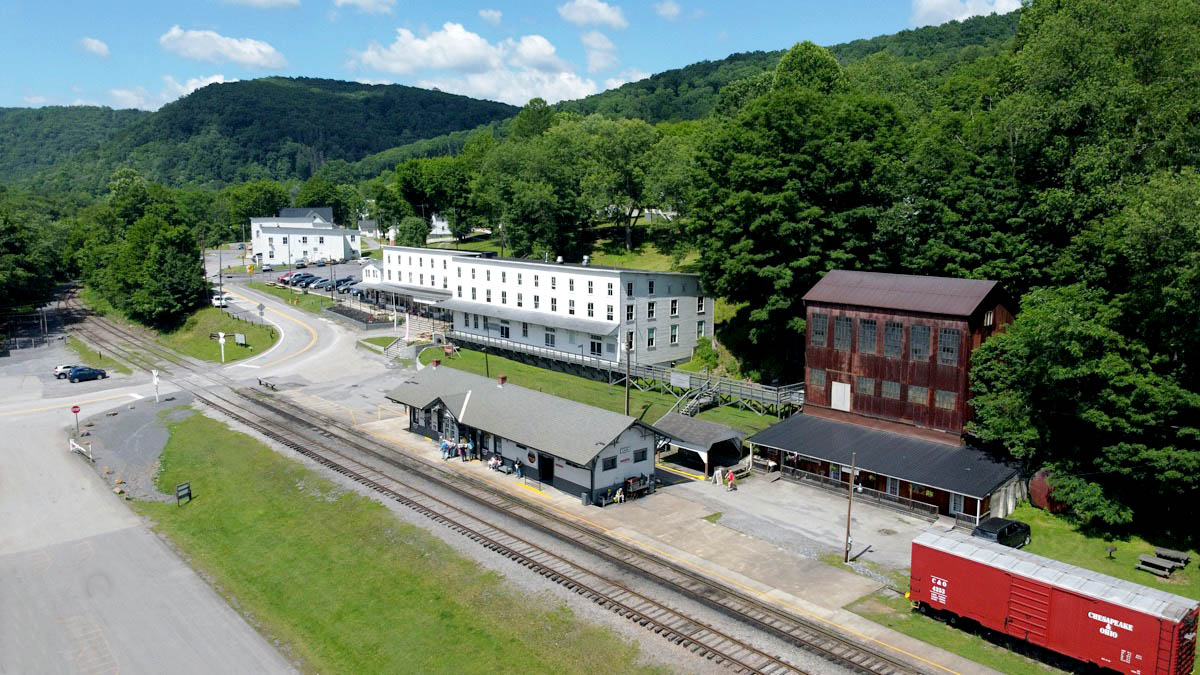
Cass, WV / Jun 2022 / RWH

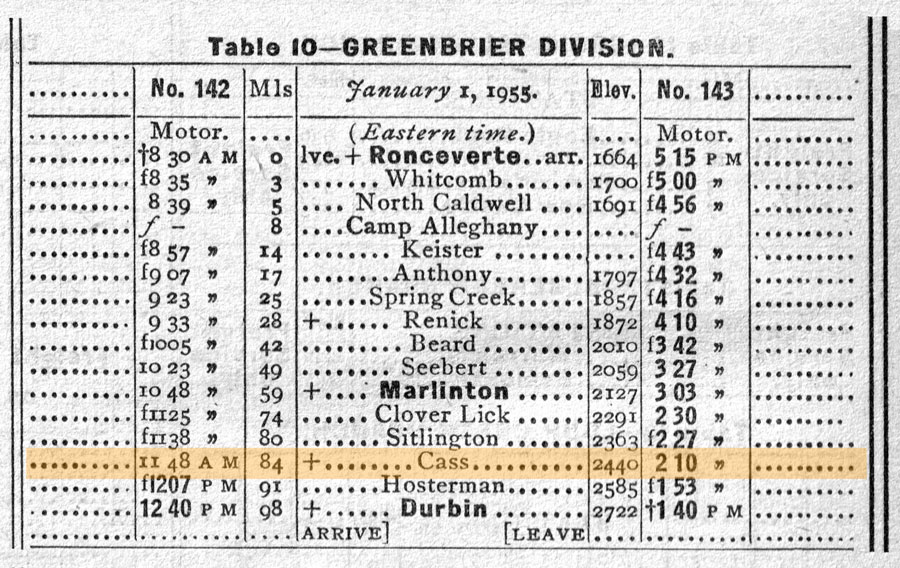
1955 Official Guide ad / collection
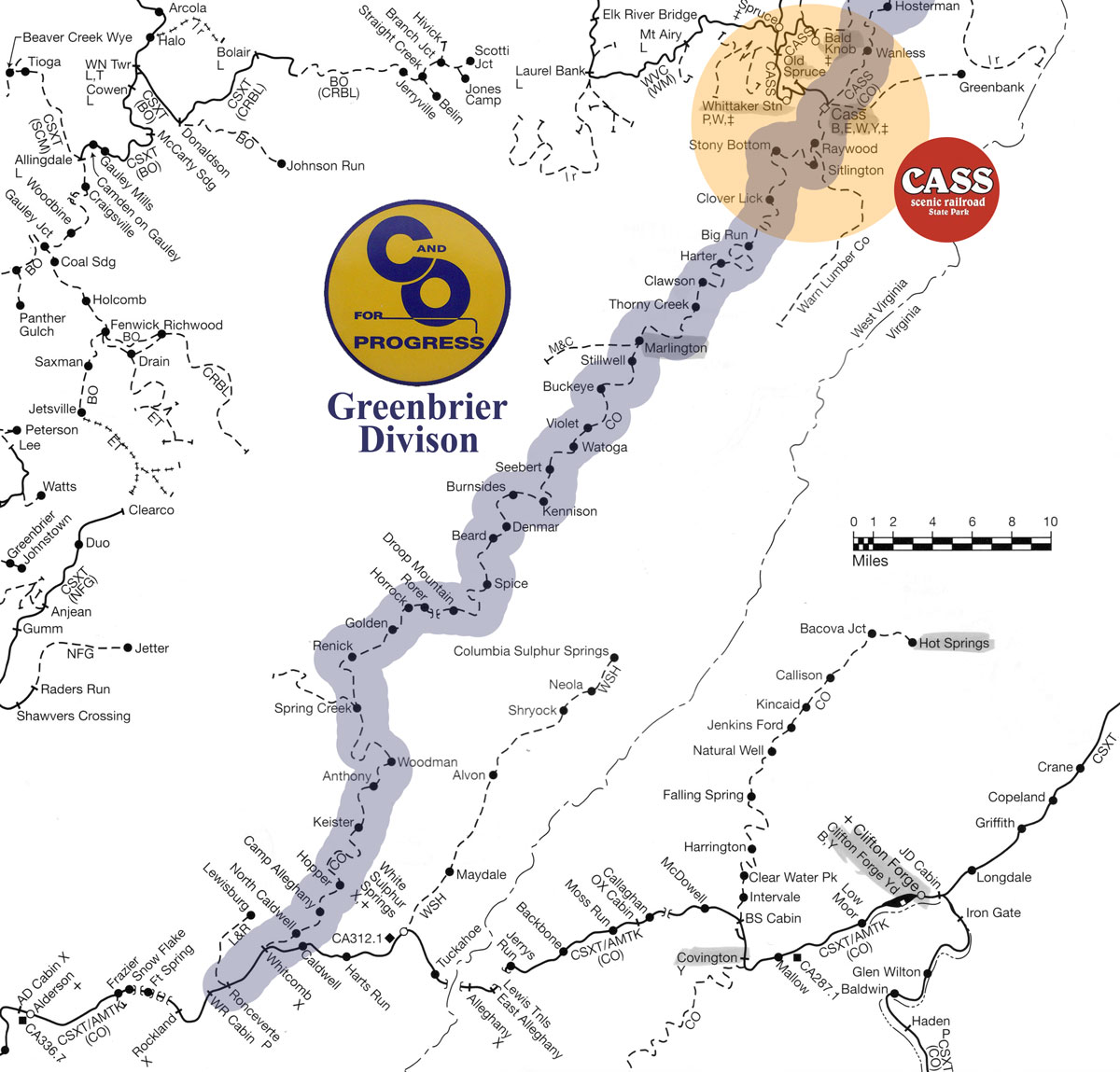
map of C&O Greenbrier Division / RWH

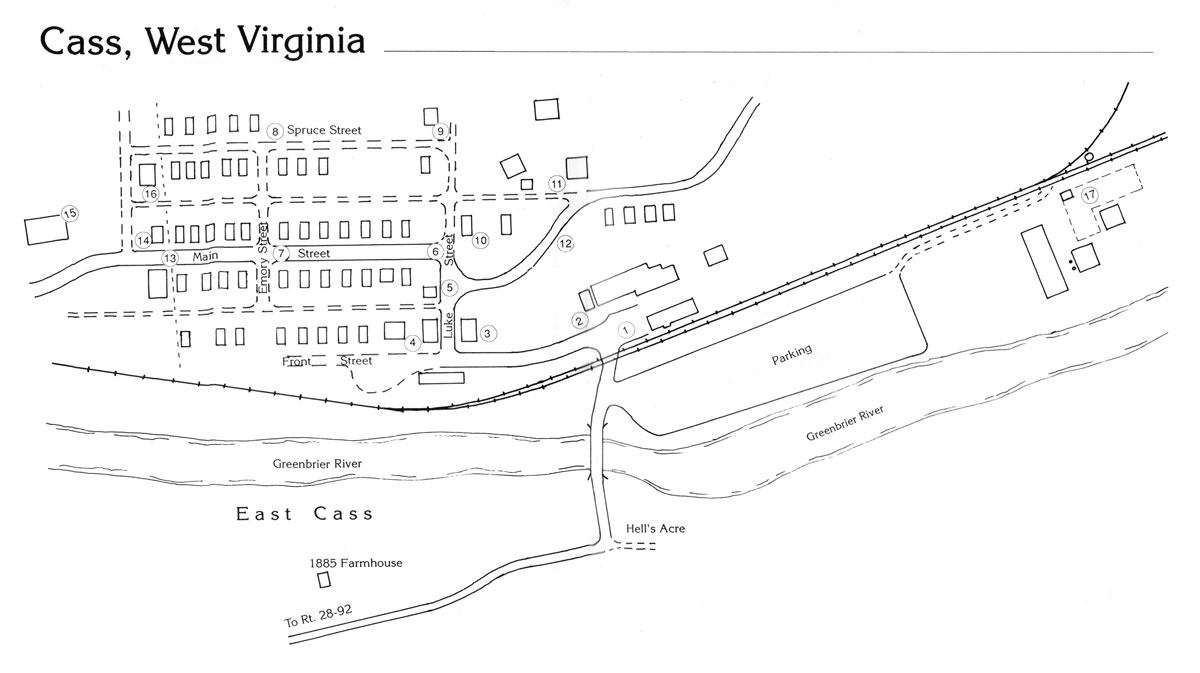
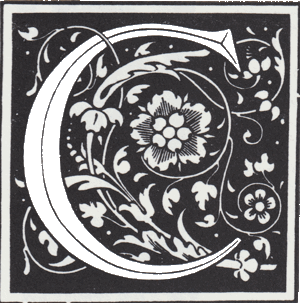 ASS is an example of a type of community and a way of life now vanished from America — the company town. Built by a company for its employees where no housing, or not enough, was available at the site of a new mill or mine, these towns were often self-contained. The company built and operated a company store to provide for the needs of the townspeople, on credit as necessary, to the additional profit of the company. Sites were provided free for construction of churches, lodge halls and other such buildings. The houses remained company property, the only employees could rent them.
ASS is an example of a type of community and a way of life now vanished from America — the company town. Built by a company for its employees where no housing, or not enough, was available at the site of a new mill or mine, these towns were often self-contained. The company built and operated a company store to provide for the needs of the townspeople, on credit as necessary, to the additional profit of the company. Sites were provided free for construction of churches, lodge halls and other such buildings. The houses remained company property, the only employees could rent them.
Both the lumber and coal industries built company towns in West Virginia. As railroads were built into the undeveloped parts of the mountains, it became possible to sell and ship heavy products like lumber. Lumber companies set up sawmills and went into business, building towns for the many who came, or were brought in, to work at the many jobs provided. Getting logs from the forest to the sawmill required heavy transportation, and the lumber companies had to build their own private railroads, called lumber or logging railroads, into the mountains. The Cass Scenic Railroad was such a private logging railroad and Cass was a lumber company town.
George H. Deike III / Cass: A Brief History and Guide to a Lumber Company Town / 1989
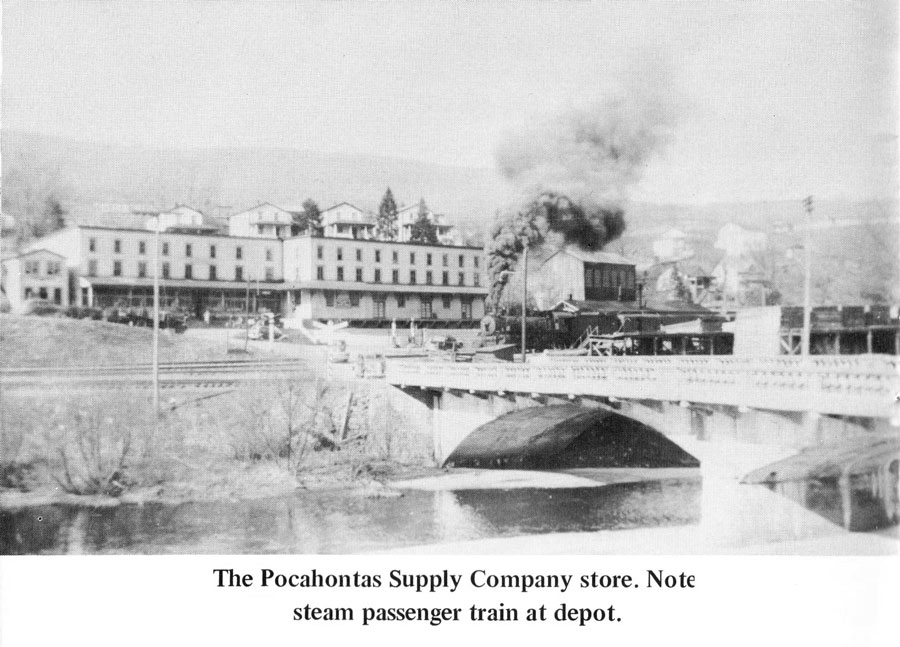
from Your Train Ride Through History
- W. E. Blackhurst / collection
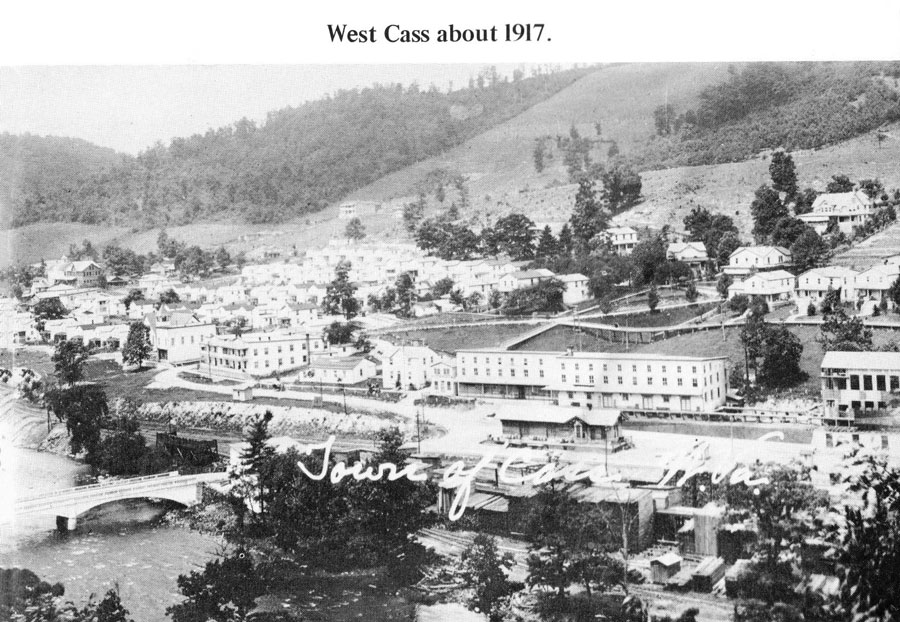
from Your Train Ride Through History
- W. E. Blackhurst / collection
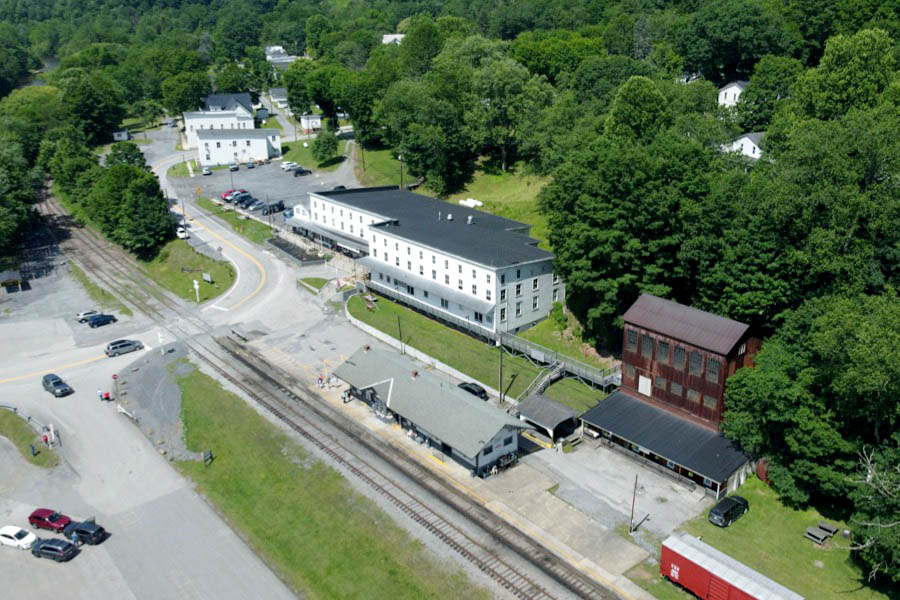
Cass, WV / Jun 2022 / RWH
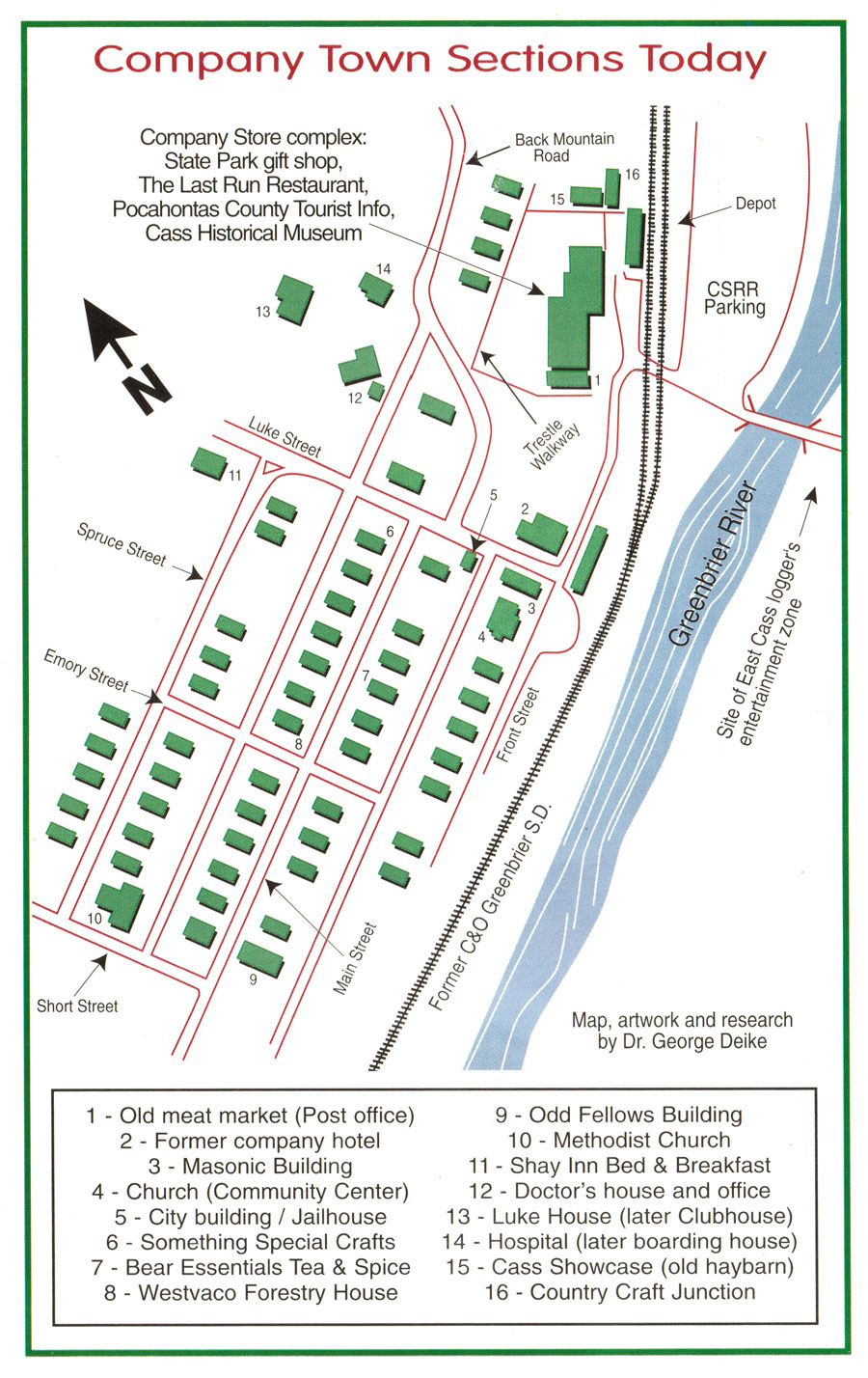
from Essential Cass: An Overview of Cass Scenic Railroad State Park
- Philip V. Bagdon / collection
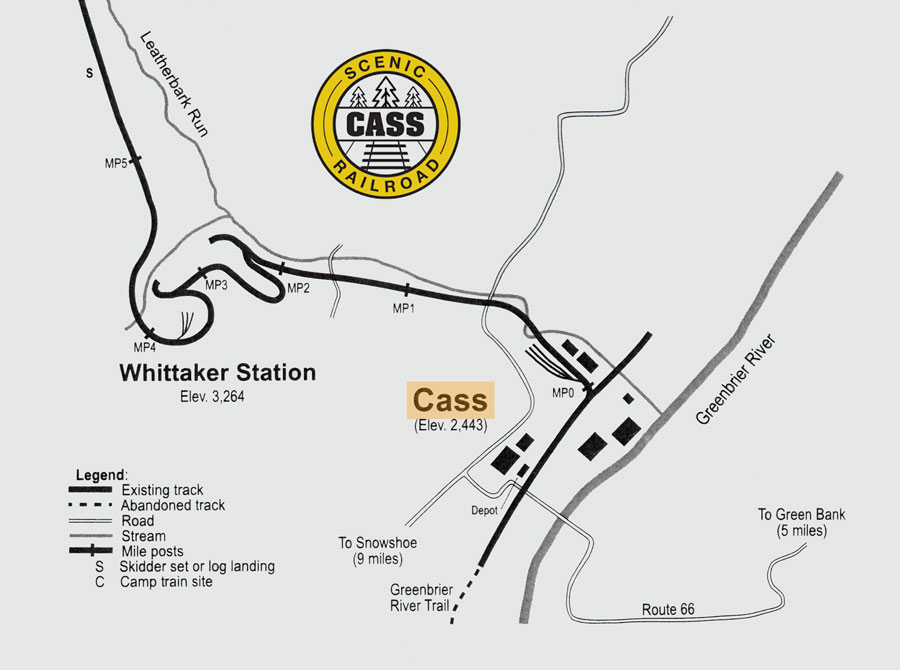
Cass track map / adapted RWH
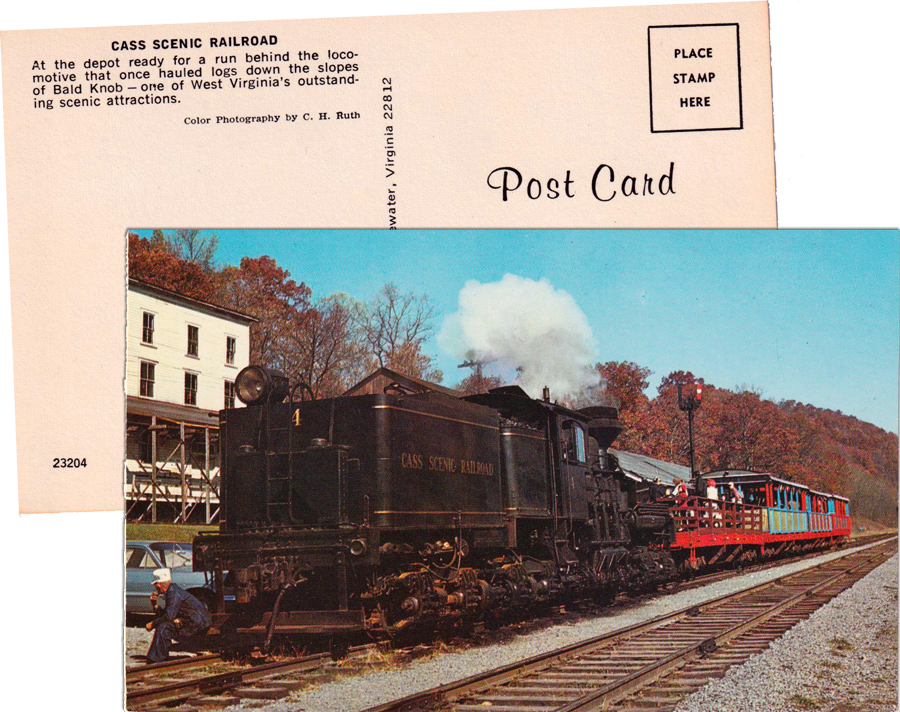
postcard / collection
 Depot
Depot
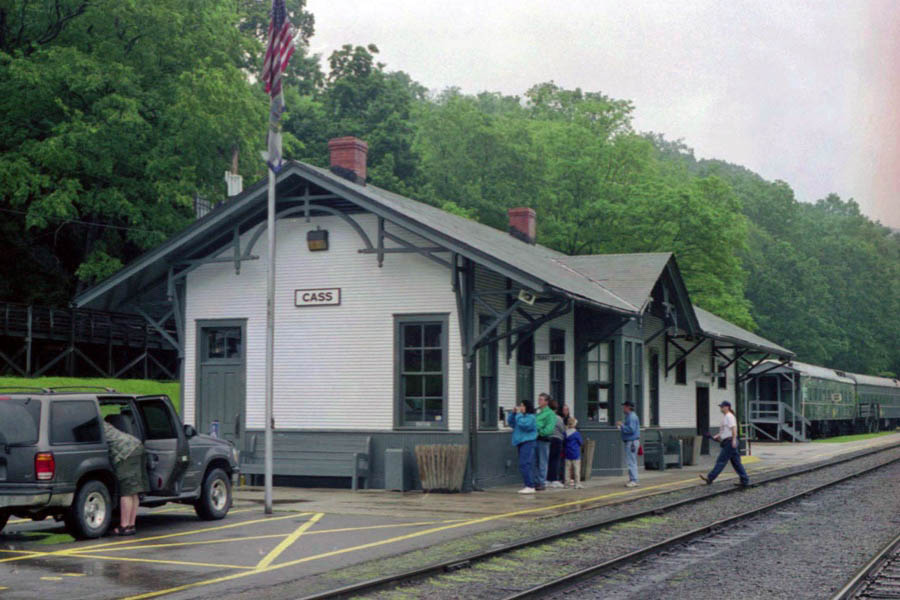
Cass Depot
Cass, WV / Jun 2003 / RWH
The current Cass depot is an adaptation of a standard Chesapeake & Ohio station plan in both color and design. It was constructed in the mid 1970s to replace the 1923 depot, which burned in 1975. The 1923 depot had replaced the original depot, which proved too small and in a poor location. Today the current depot serves as the ticket counter for Cass Scenic excursions and offices for the state park and railroad employees.

Click to see the Cass depot plotted on a Google Maps page
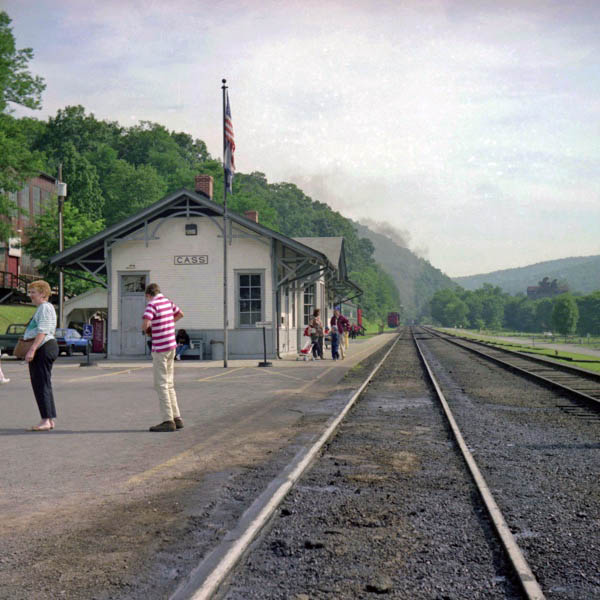
Cass, WV / Aug 1989 / JCH
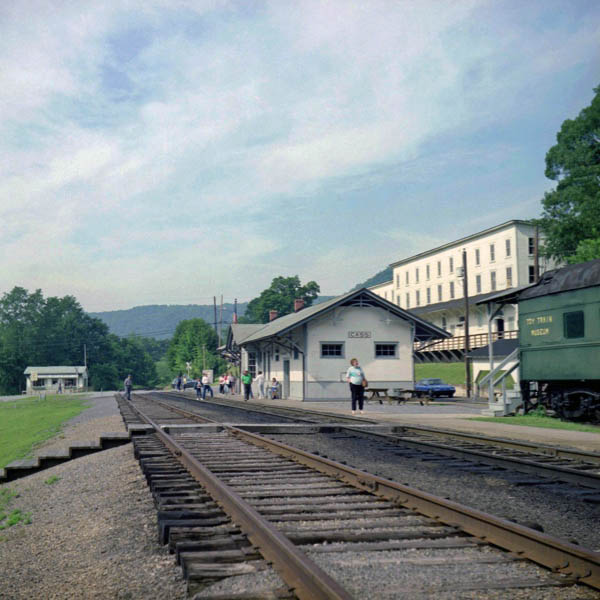
Cass, WV / Aug 1989 / JCH
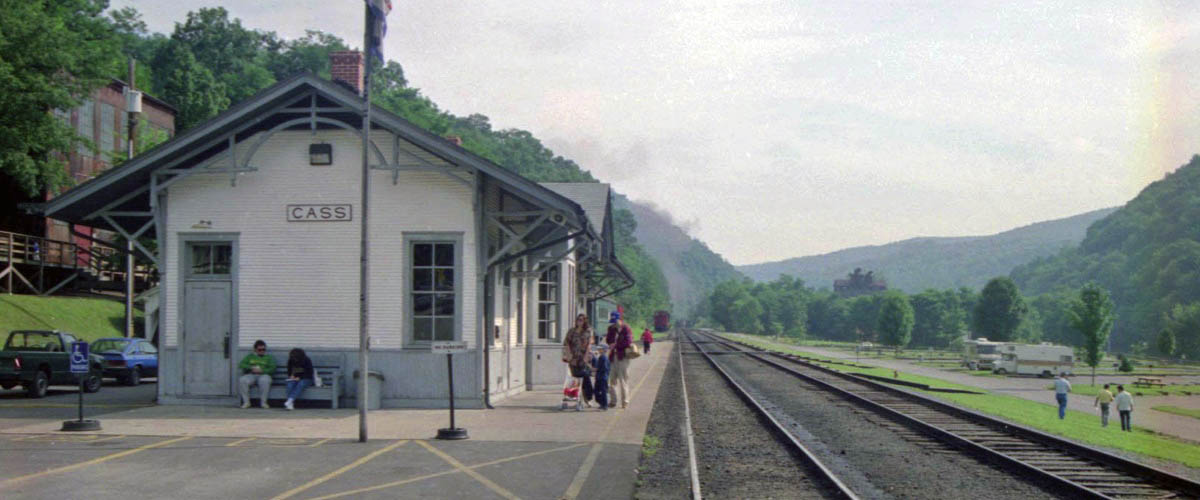
Cass, WV / Aug 1989 / JCH
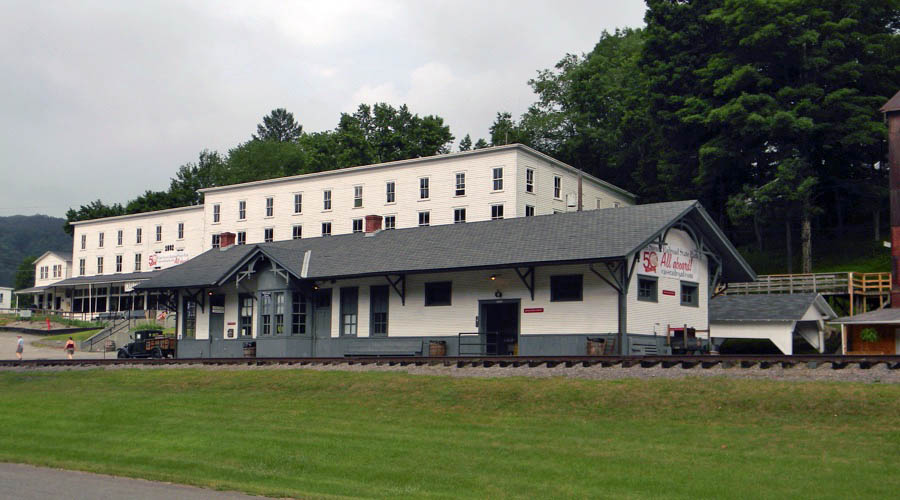
Cass, WV / Jun 2013 / RWH
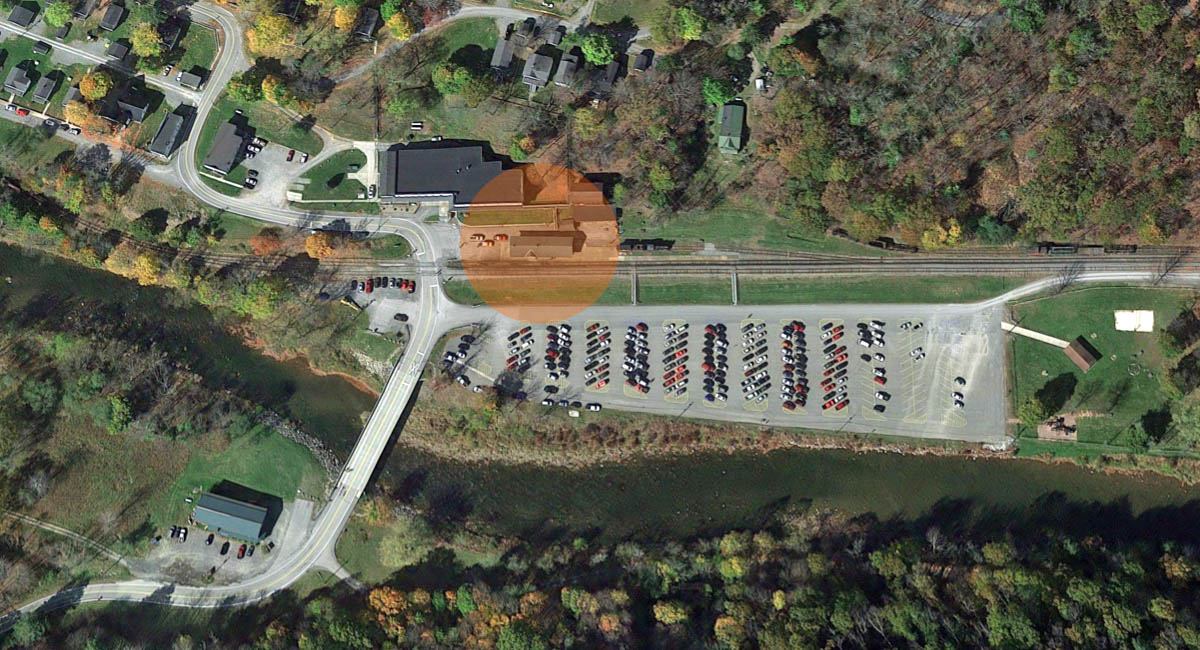
Cass depot overhead / Google Maps
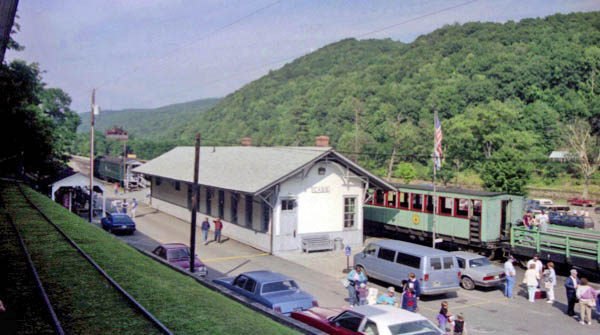
Cass, WV / Aug 1989 / RWH
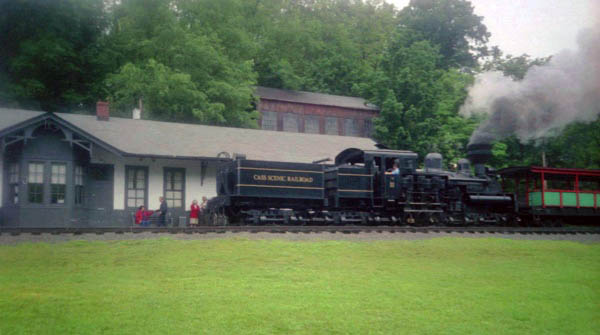
Cass, WV / Jun 2003 / RWH
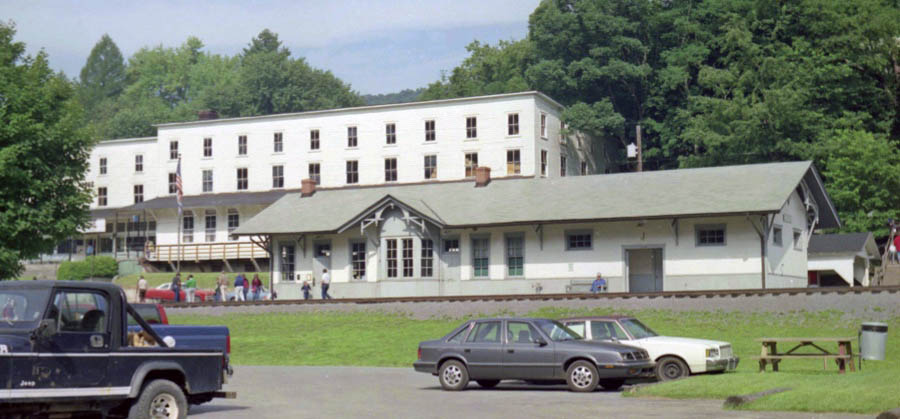
Cass, WV / Aug 1989 / JCH
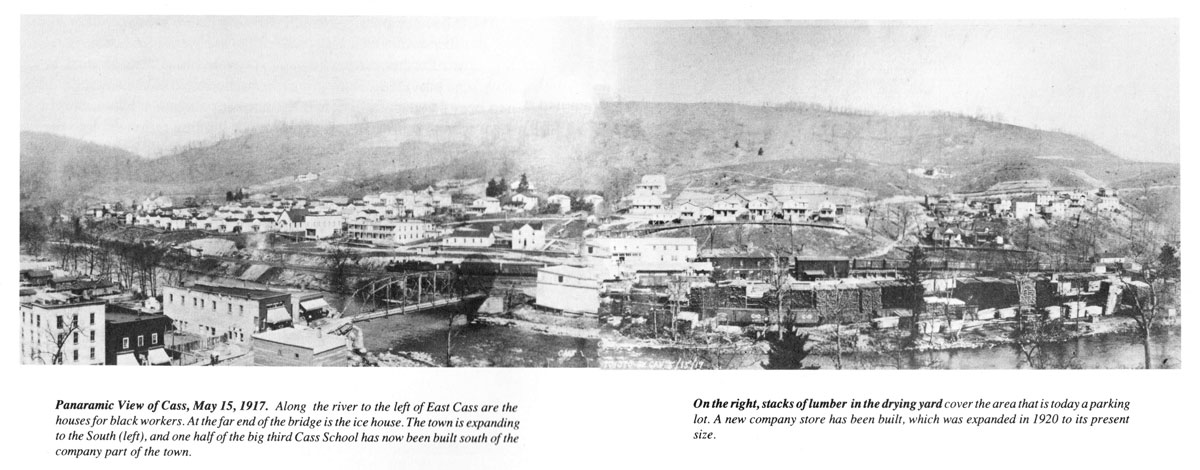
from Cass: A Brief History and Guide to a Lumber Company Town
/ collection
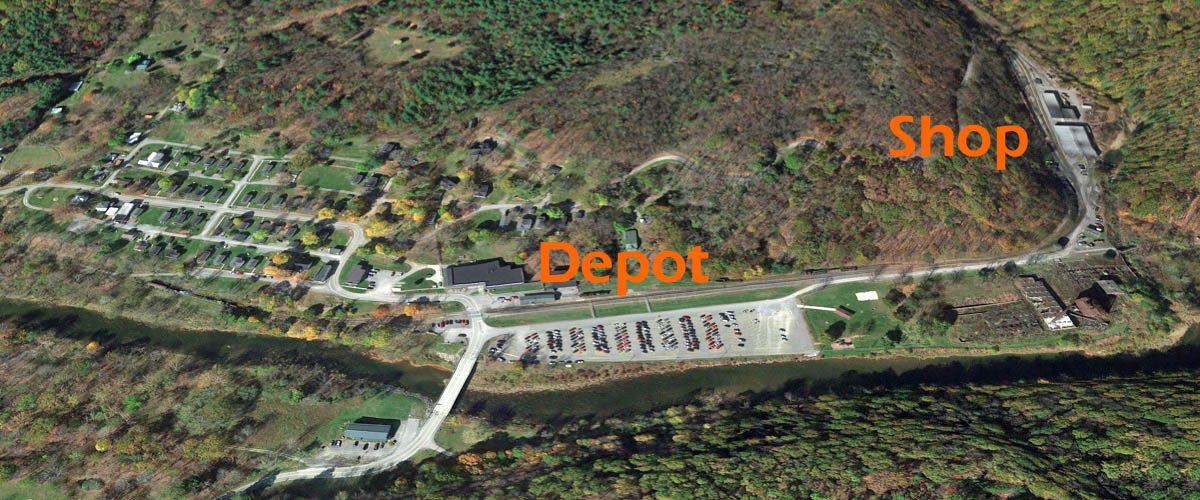
Cass town overhead / Google Maps
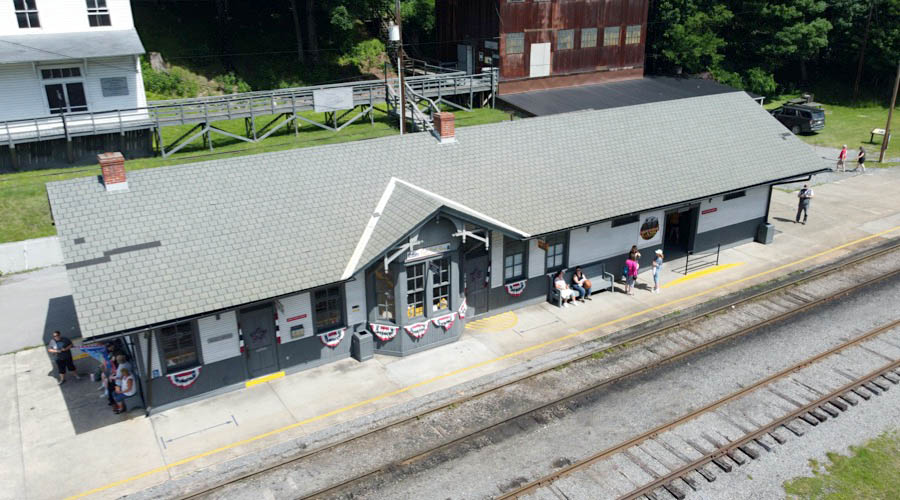
Cass, WV / Jun 2022 / RWH
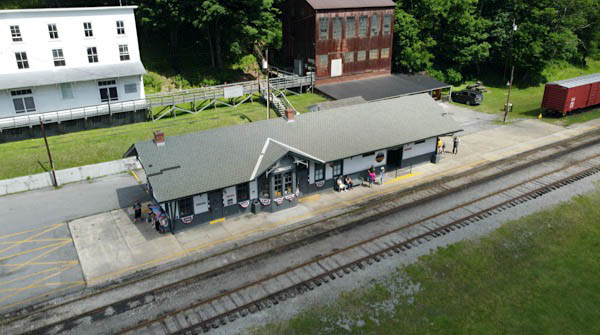
Cass, WV / Jun 2022 / RWH
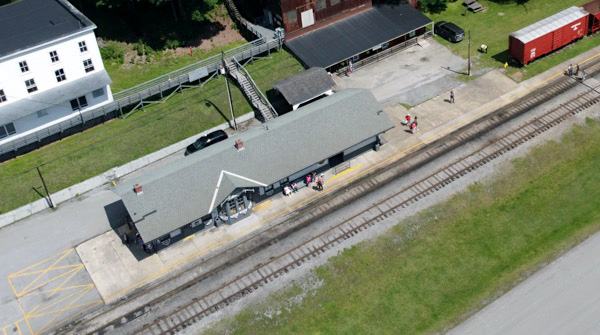
Cass, WV / Jun 2022 / RWH
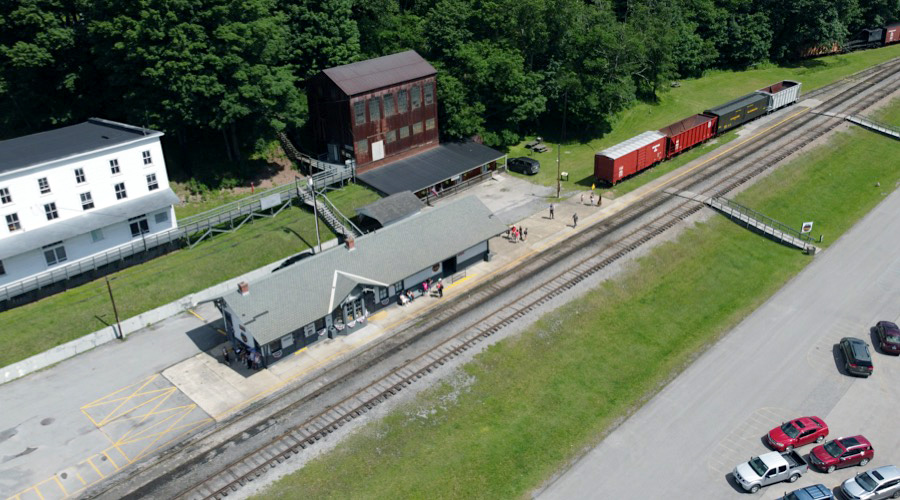
Cass, WV / Jun 2022 / RWH

RWH

Cass, WV / Jun 2022 / RWH
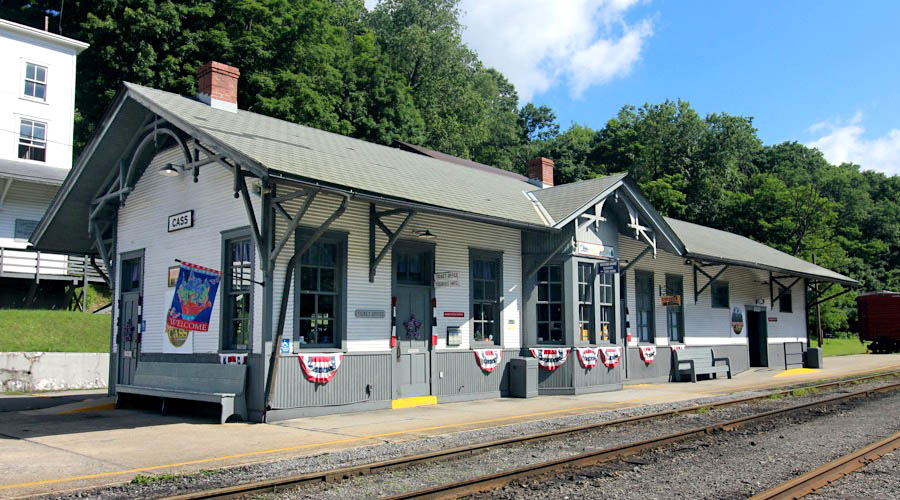
Cass, WV / Jun 2022 / RWH
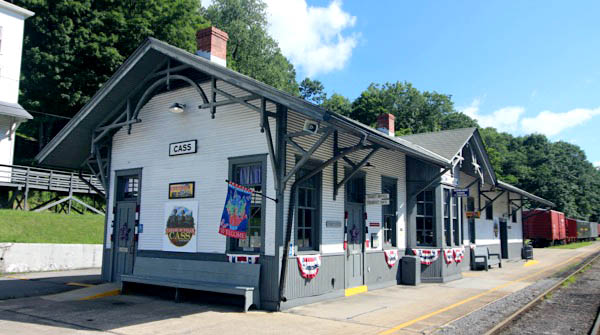
Cass, WV / Jun 2022 / RWH
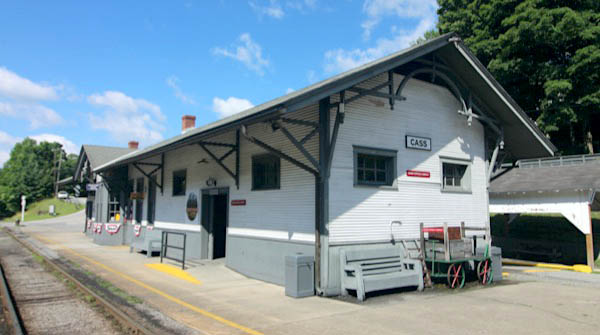
Cass, WV / Jun 2022 / RWH
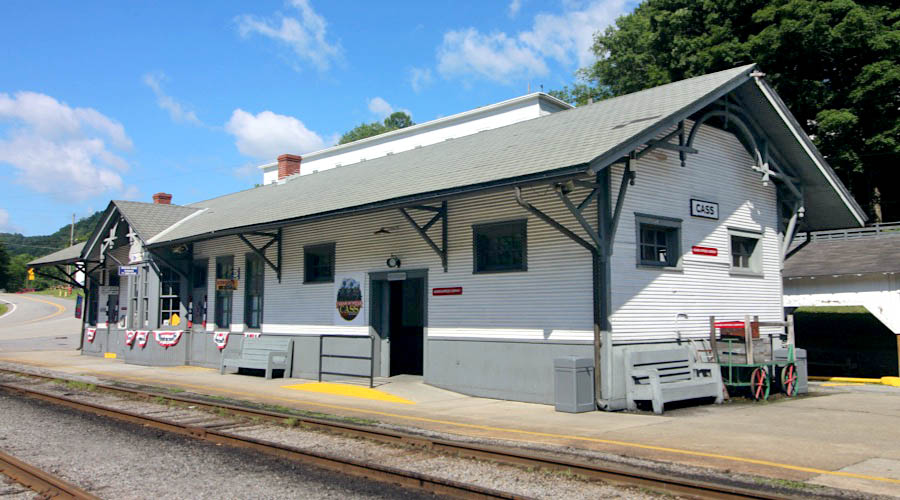
Cass, WV / Jun 2022 / RWH
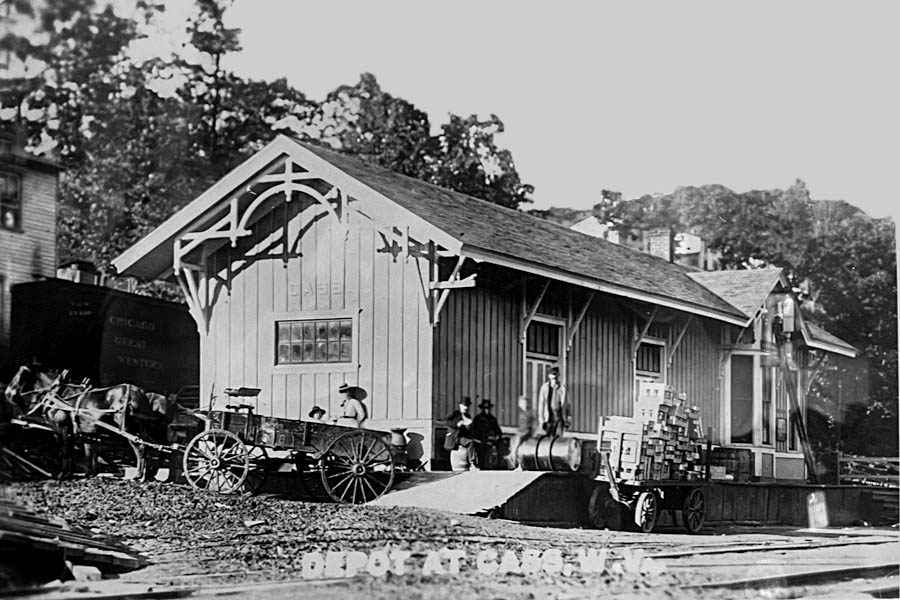
c. 1910 / Cass collection / RWH copy
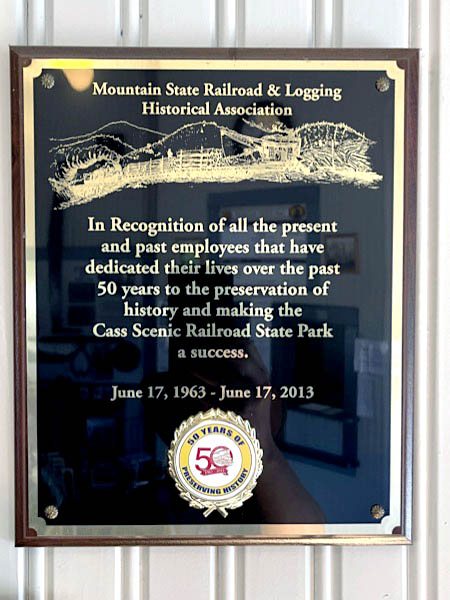
Jun 2022 / RWH
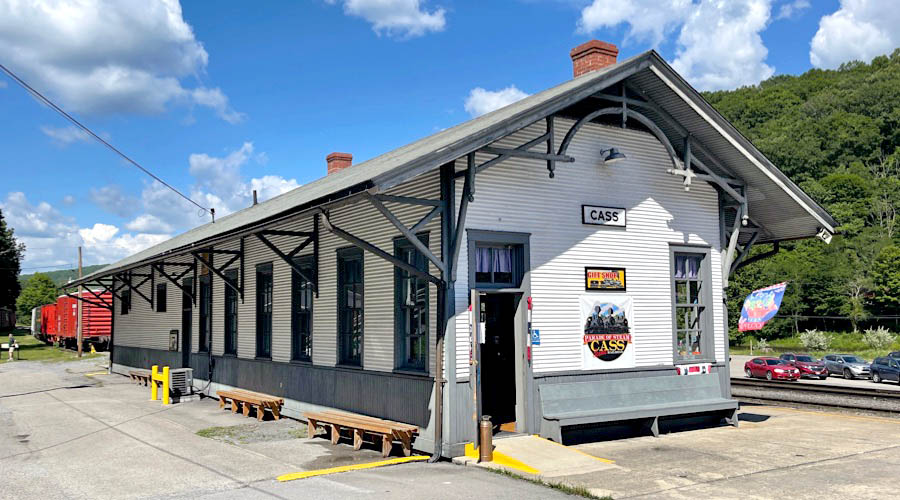
Cass, WV / Jun 2022 / RWH

Cass, WV / Jun 2022 / RWH
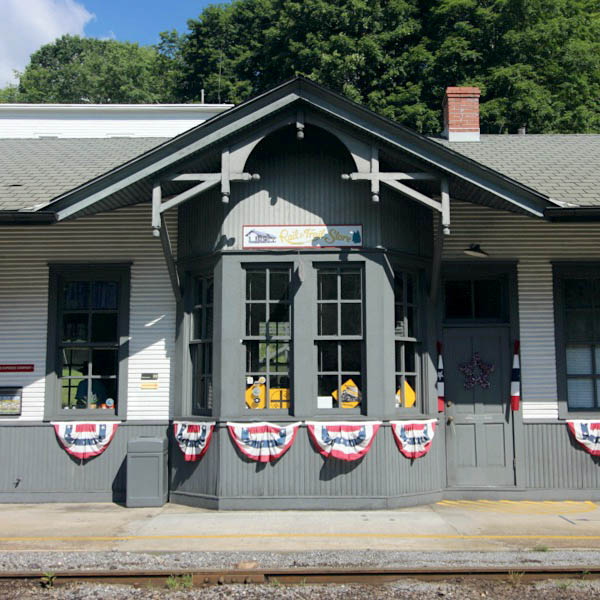
Cass, WV / Jun 2022 / RWH
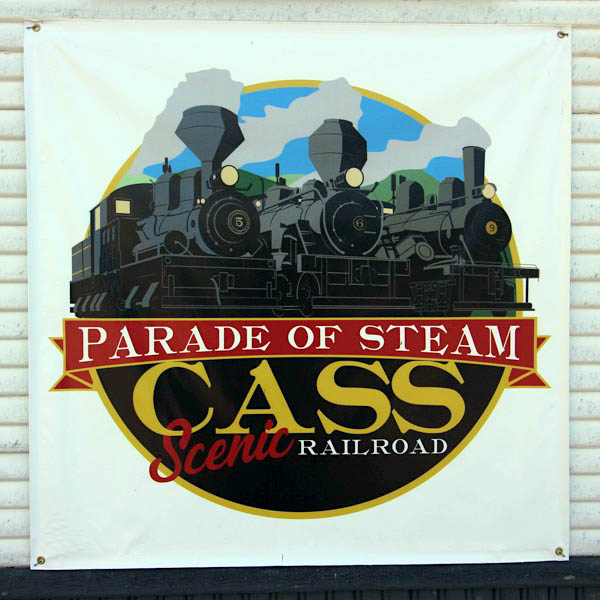
Cass, WV / Jun 2022 / RWH
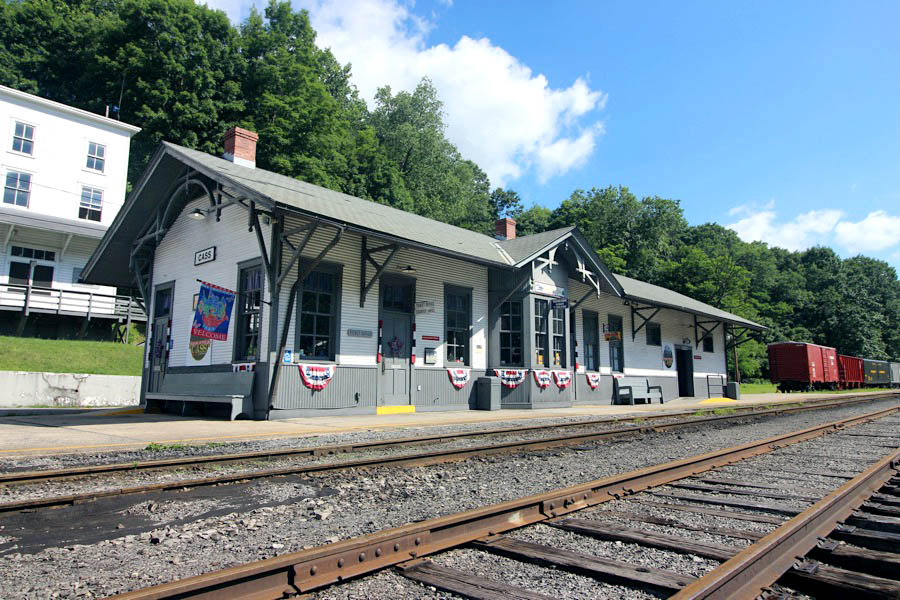
Cass, WV / Jun 2022 / RWH
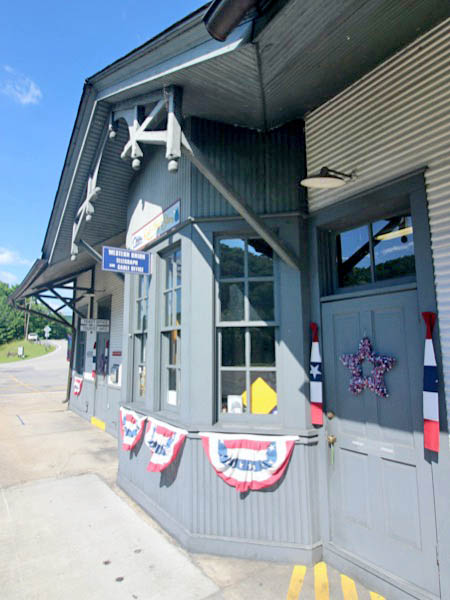
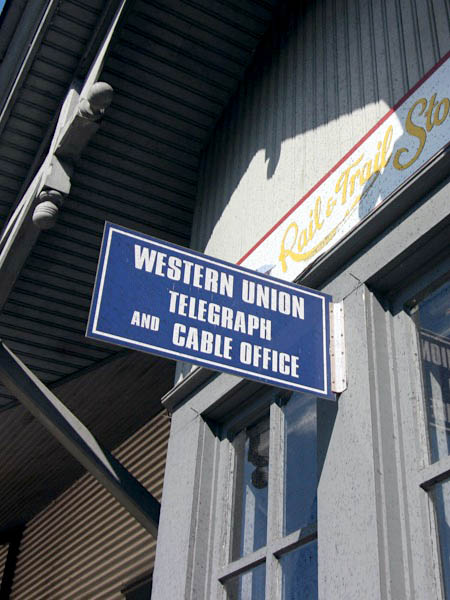
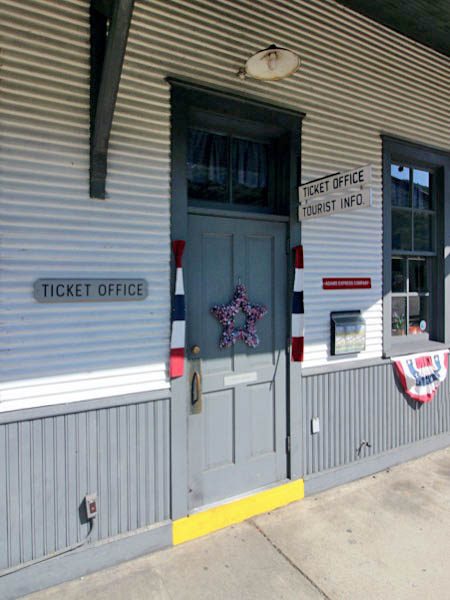
Jun 2022 / RWH
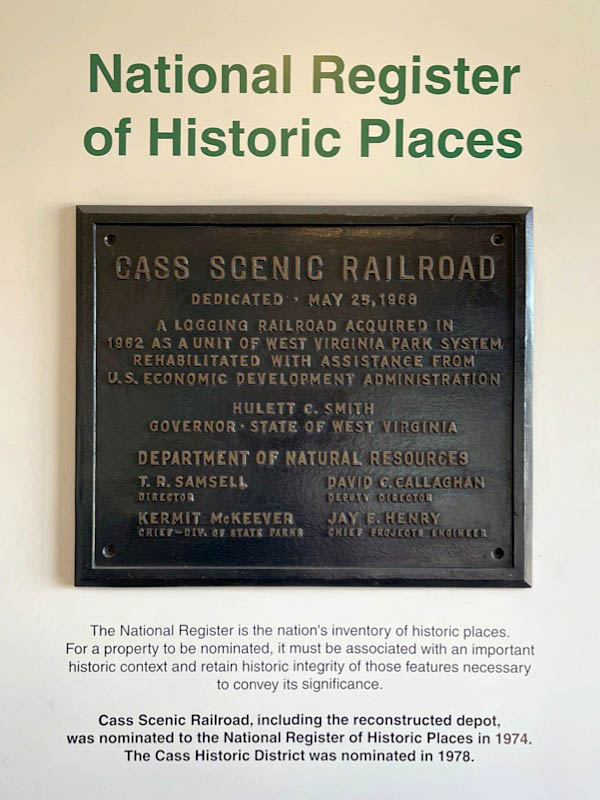
Jun 2022 / RWH
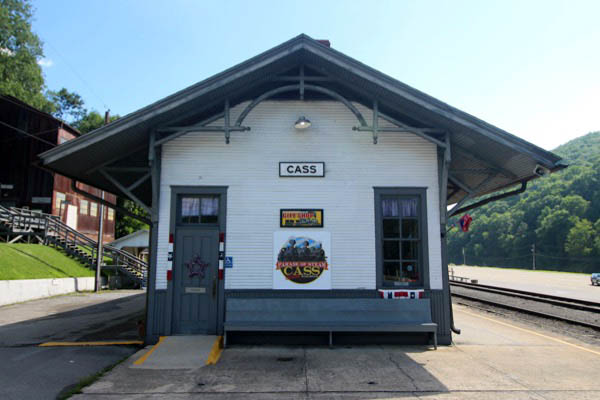
Jun 2022 / RWH
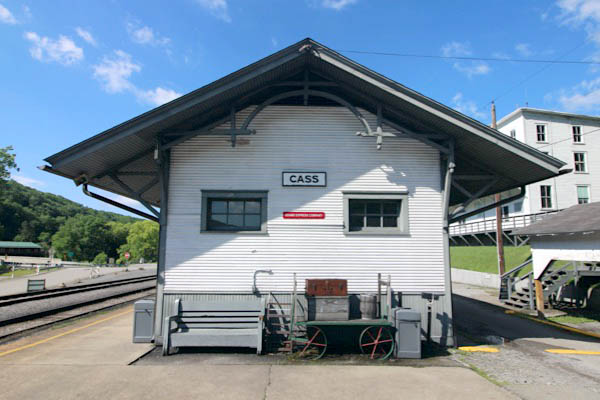
Jun 2022 / RWH

Cass, WV / Jun 2022 / RWH
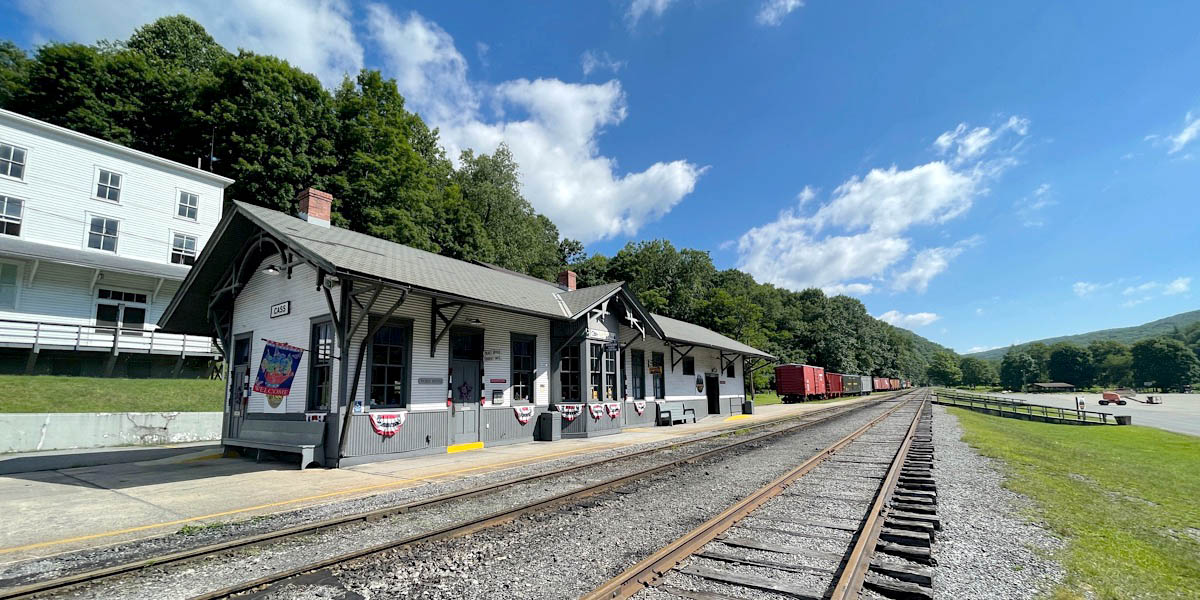
Cass, WV / Jun 2022 / RWH
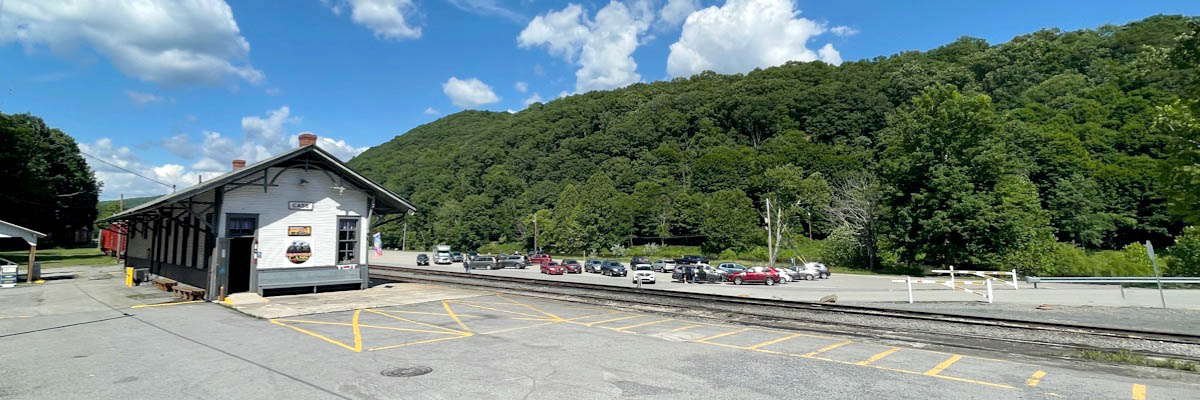
Cass, WV / Jun 2022 / RWH
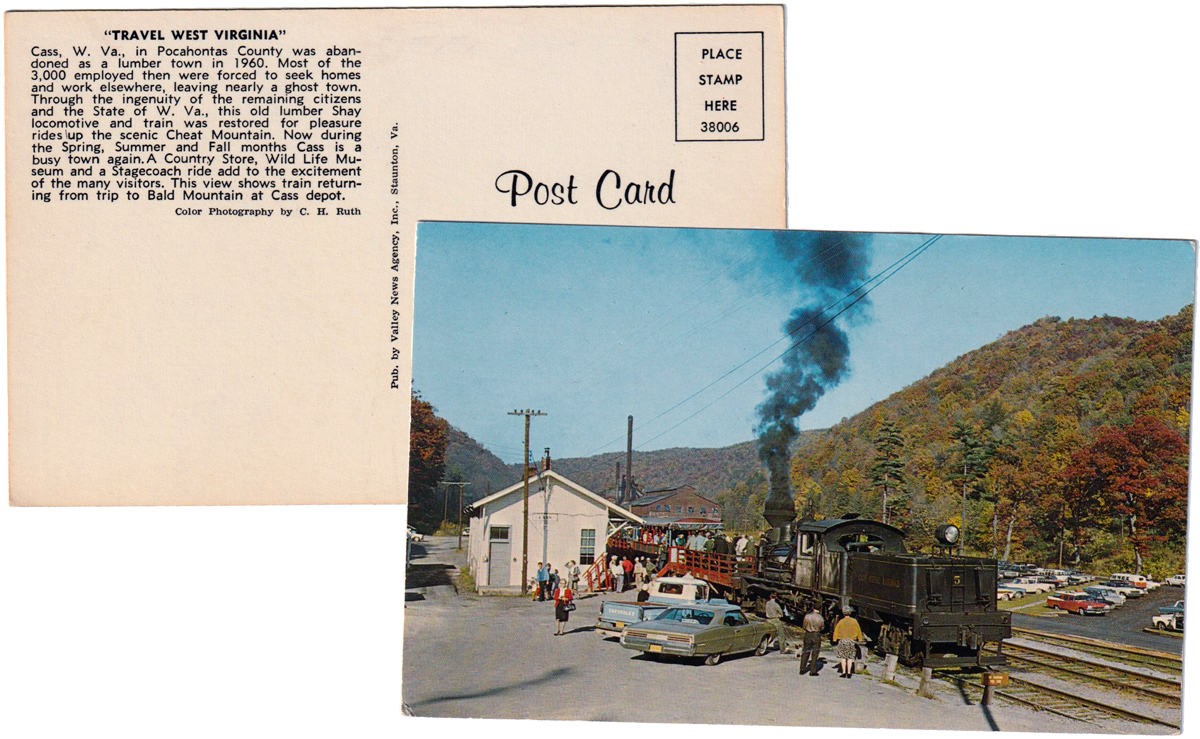
postcard / collection
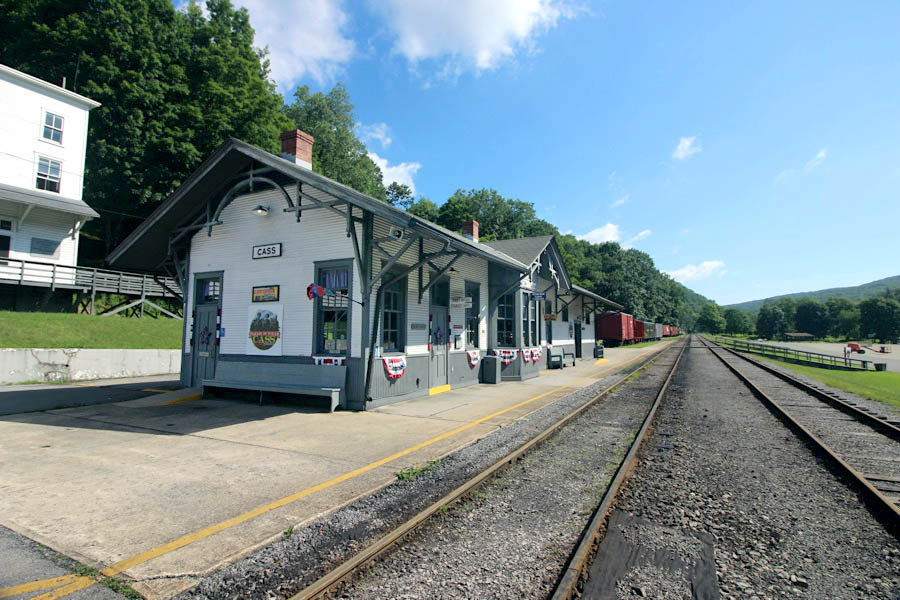
Cass, WV / Jun 2022 / RWH
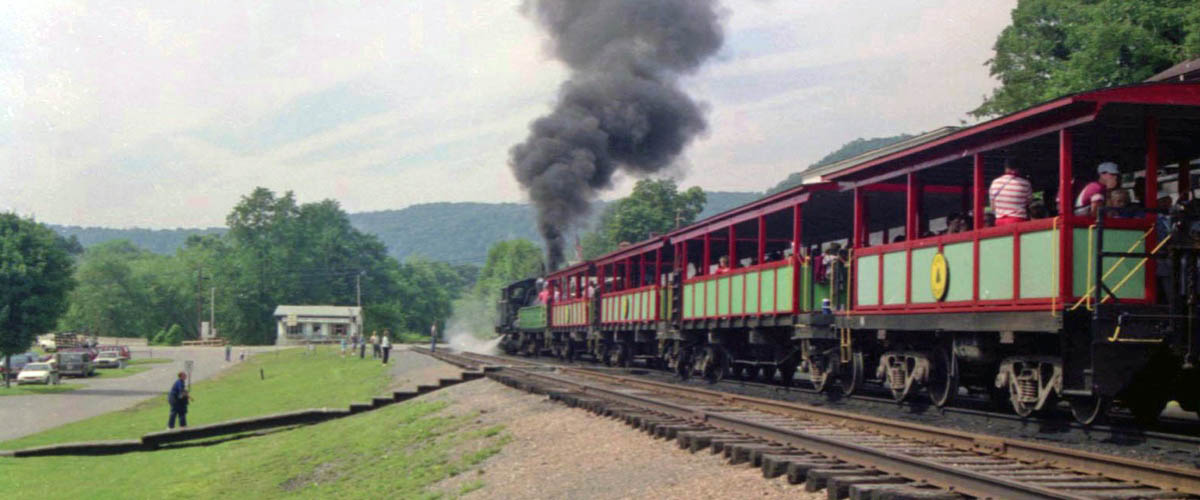
Cass, WV / Aug 1989 / RWH
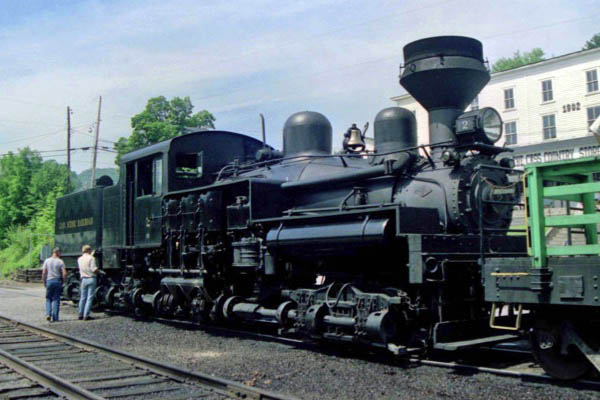
Cass, WV / Aug 1989 / RWH
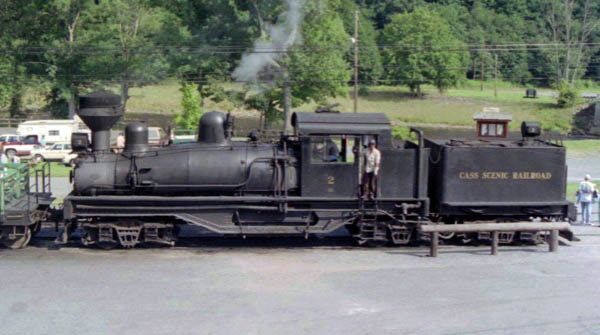
Cass, WV / Aug 1988 / JCH
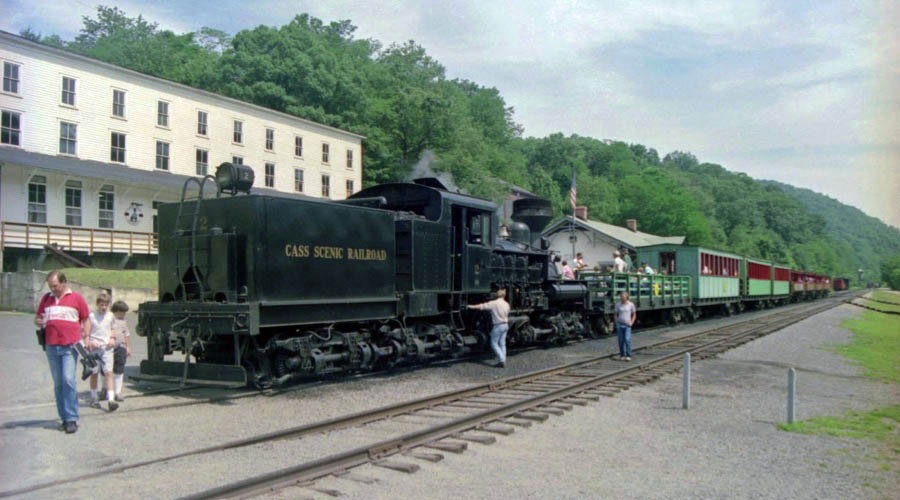
Cass, WV / Aug 1988 / JCH
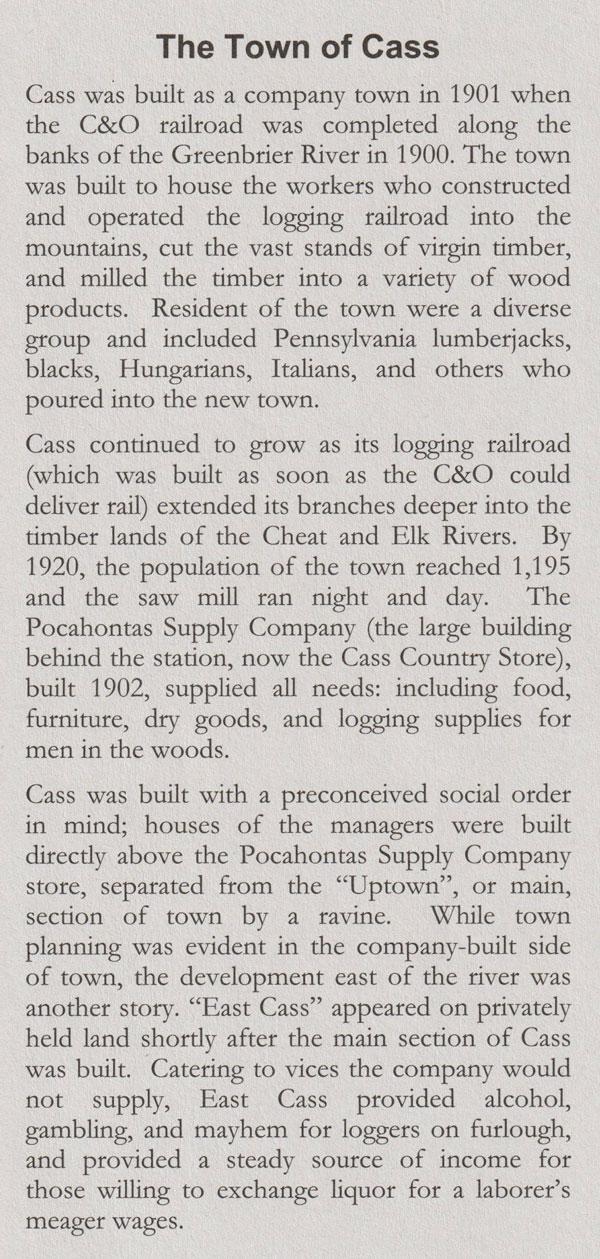
collection
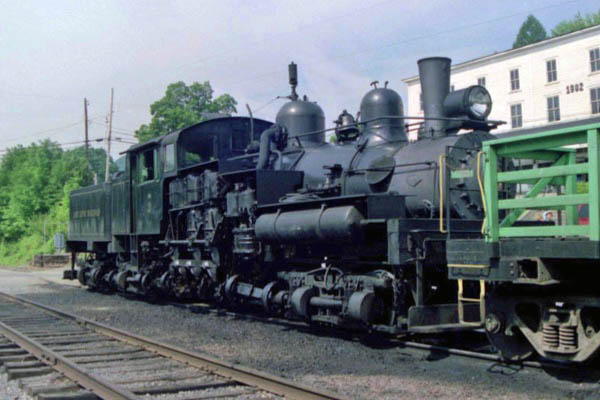
Cass, WV / Aug 1988 / JCH
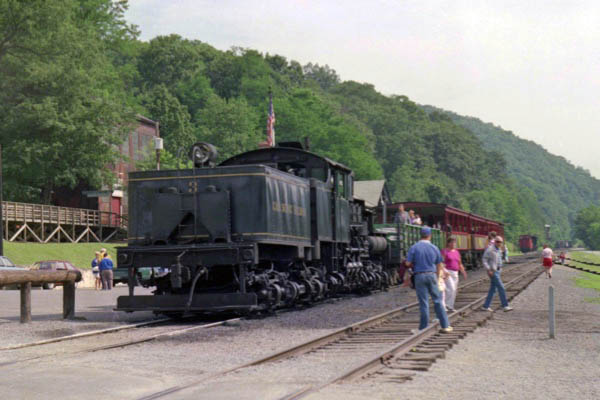
Cass, WV / Aug 1988 / JCH
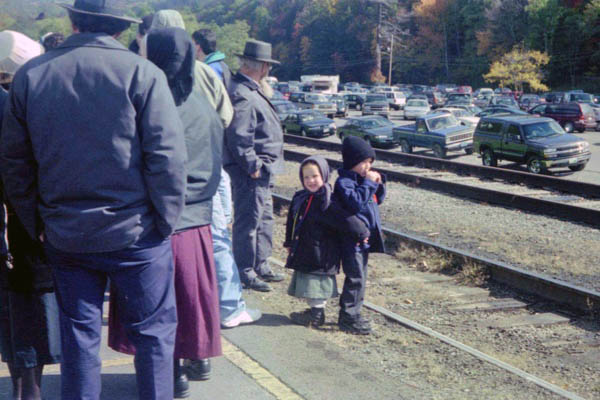
Cass, WV / Oct 2000 / RWH
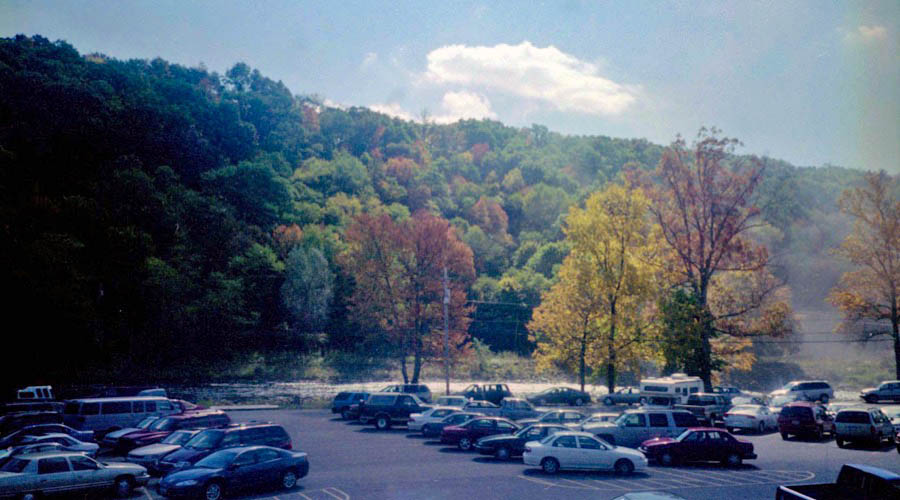
Cass, WV / Oct 2000 / RWH
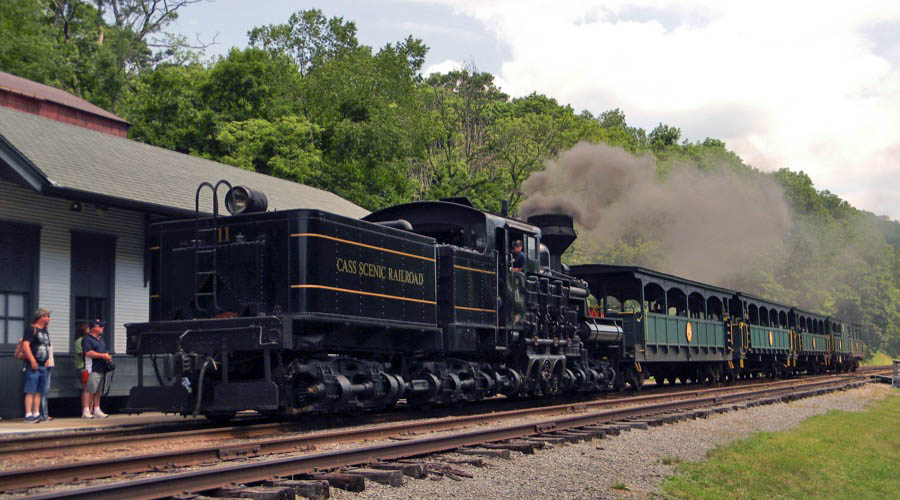
Cass, WV / Jun 2013 / RWH
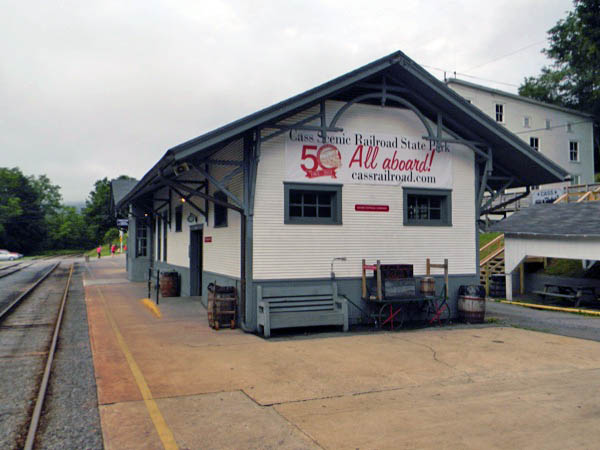
Cass, WV / Jun 2013 / RWH
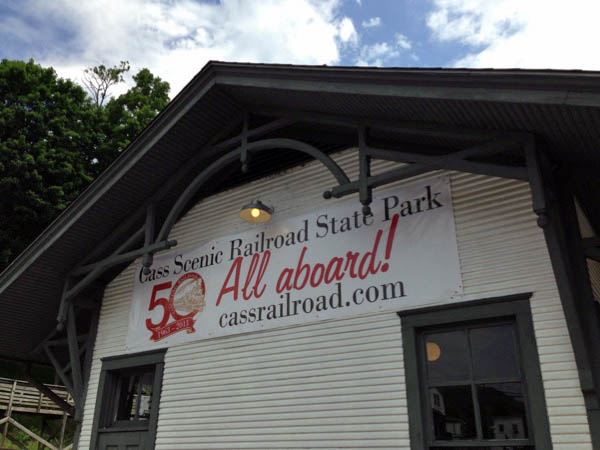
Cass, WV / Jun 2013 / RWH
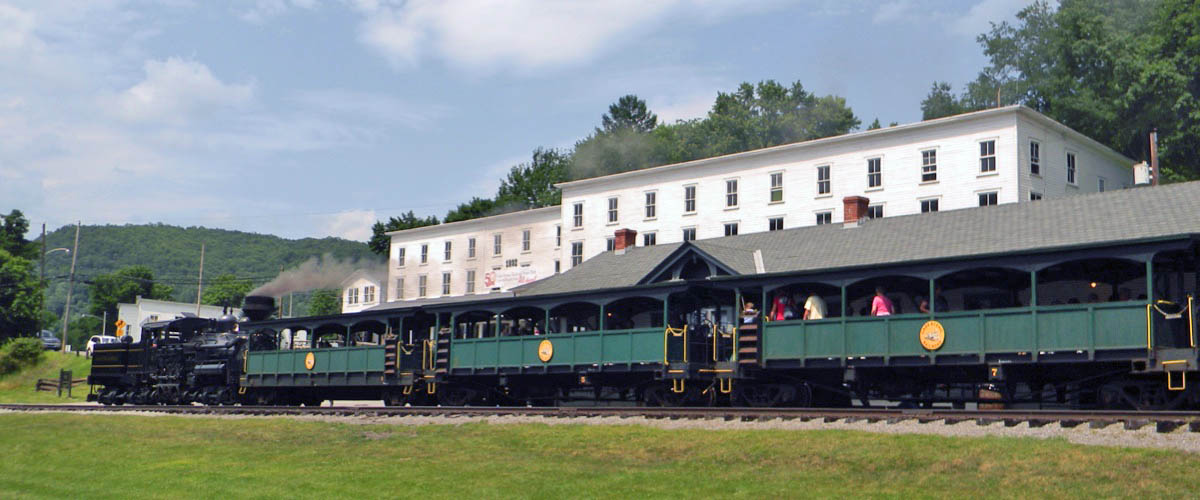
Cass, WV / Jun 2013 / RWH
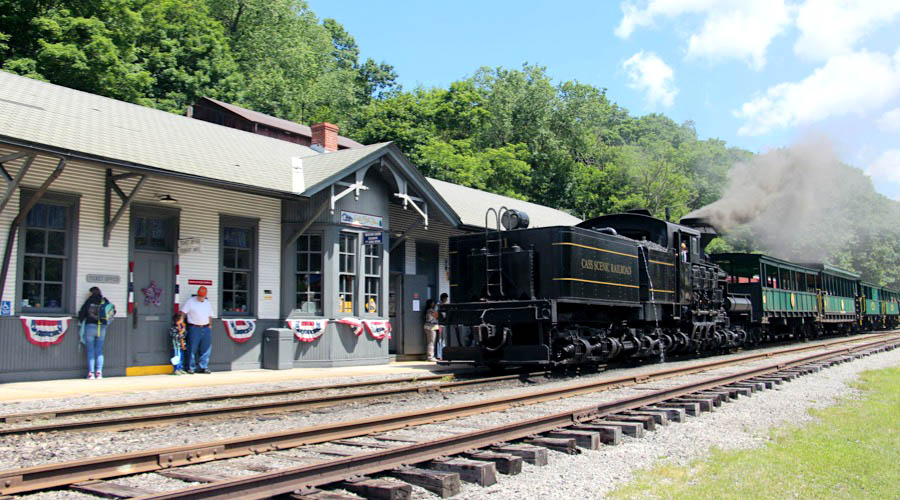
Cass, WV / Jun 2022 / RWH
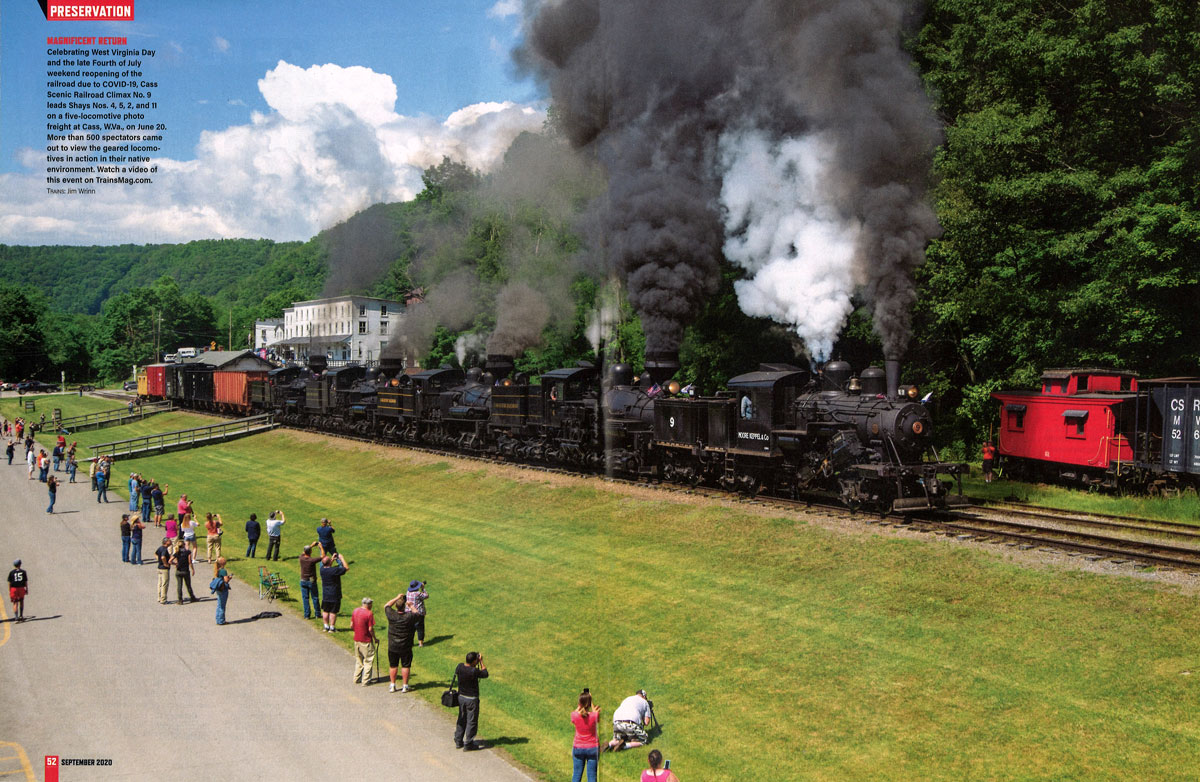
from TRAINS Magazine
- Sep 2020 / collection
 Company Store
Company Store
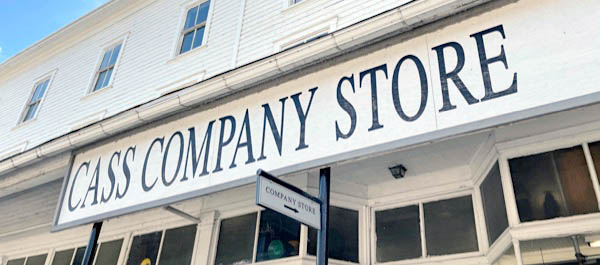
Cass, WV / Jun 2022 / RWH
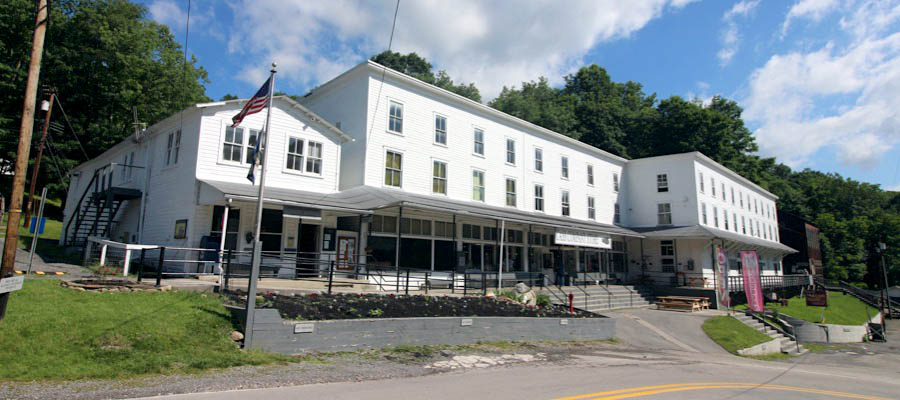
Cass Company Store
Cass, WV / Jun 2022 / RWH

Click to see the Cass Company Store building plotted on a Google Maps page
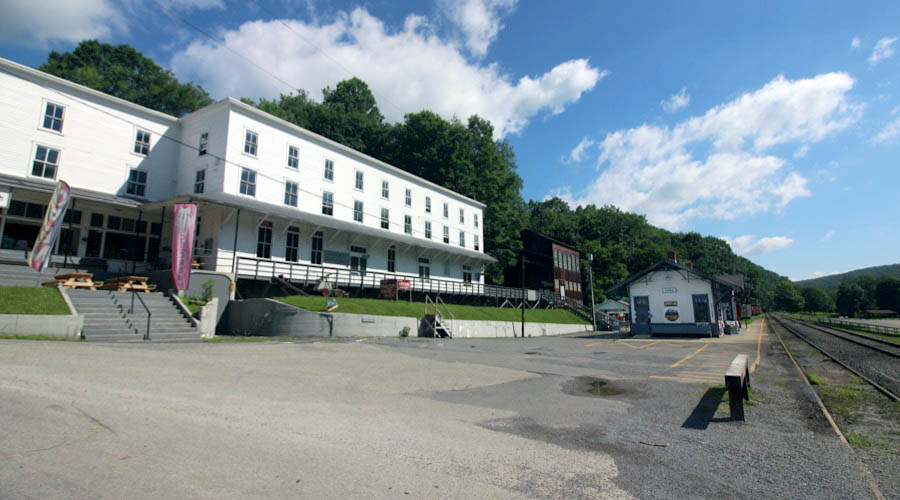
Cass, WV / Jun 2022 / RWH
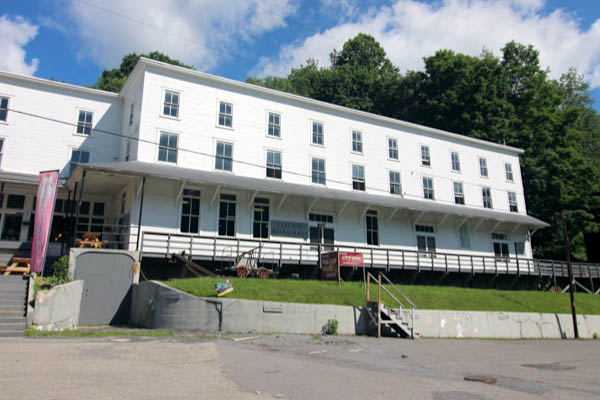
Cass, WV / Jun 2022 / RWH
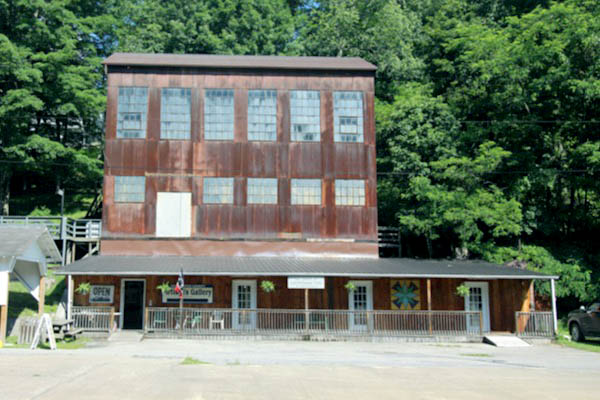
Cass, WV / Jun 2022 / RWH
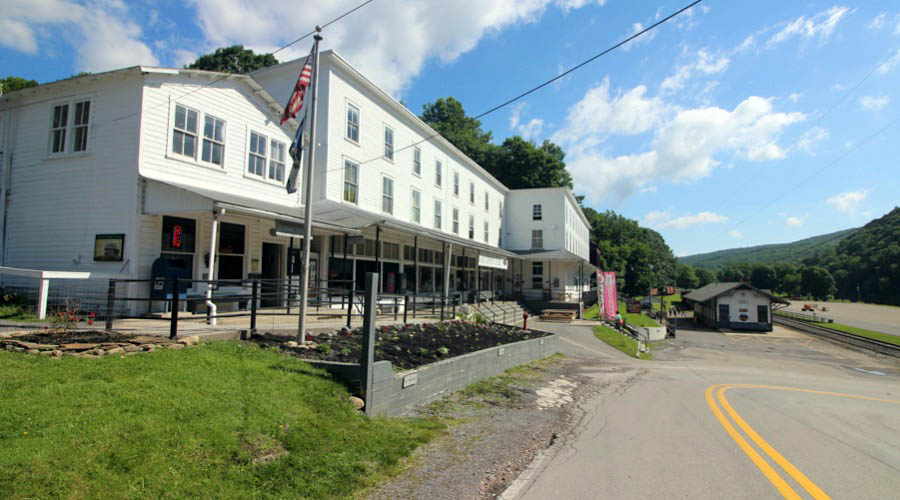
Cass, WV / Jun 2022 / RWH
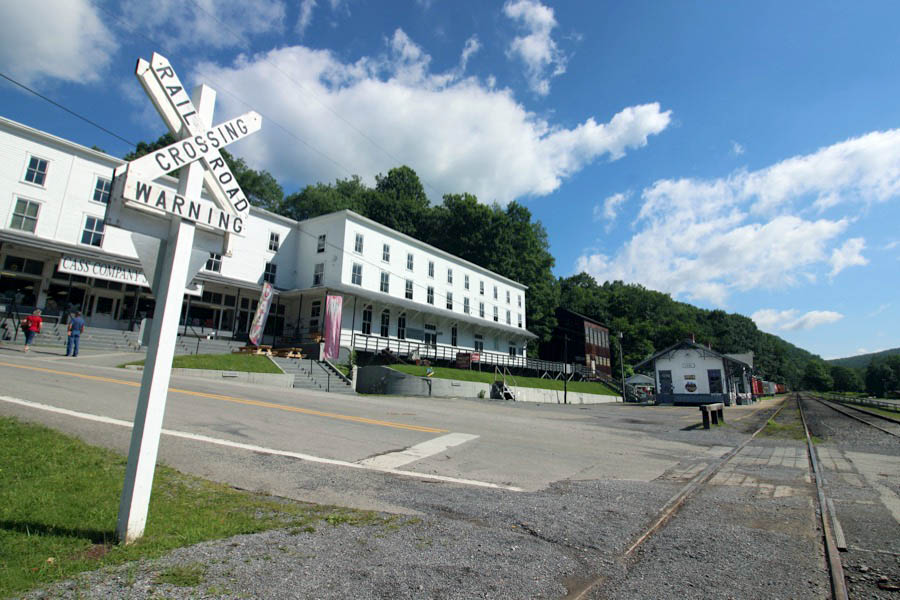
Cass, WV / Jun 2022 / RWH
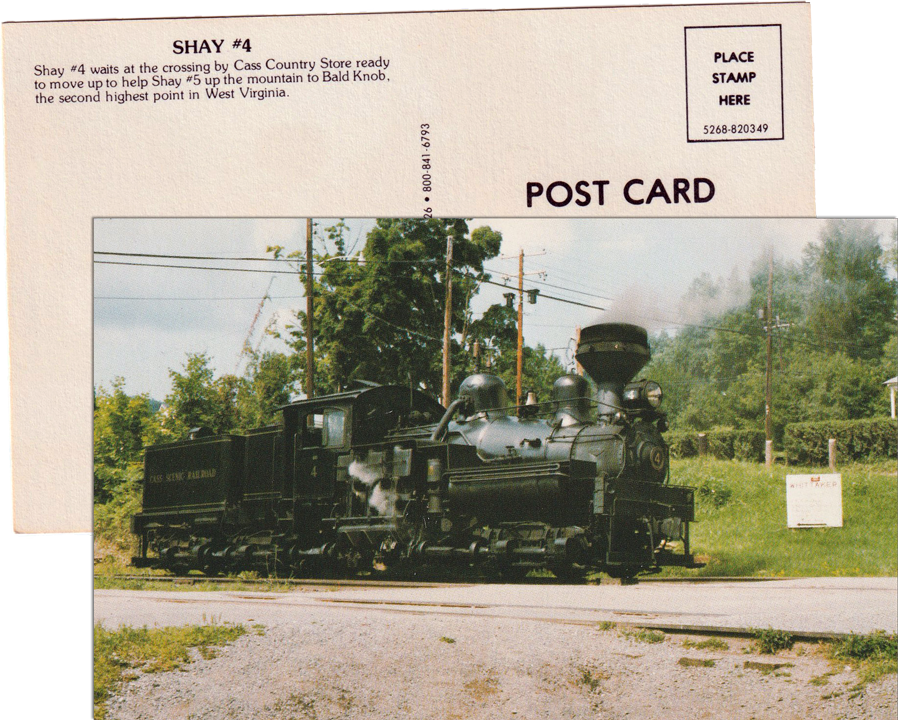
postcard / collection
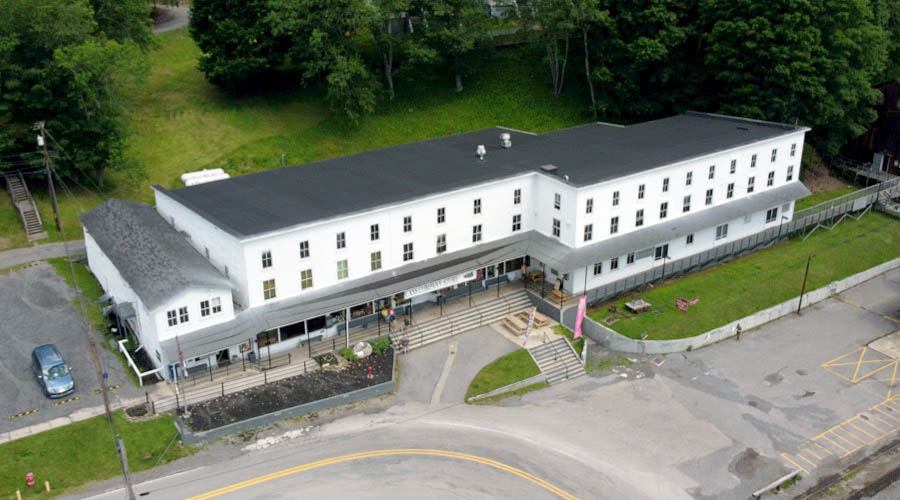
Cass, WV / Jun 2022 / RWH
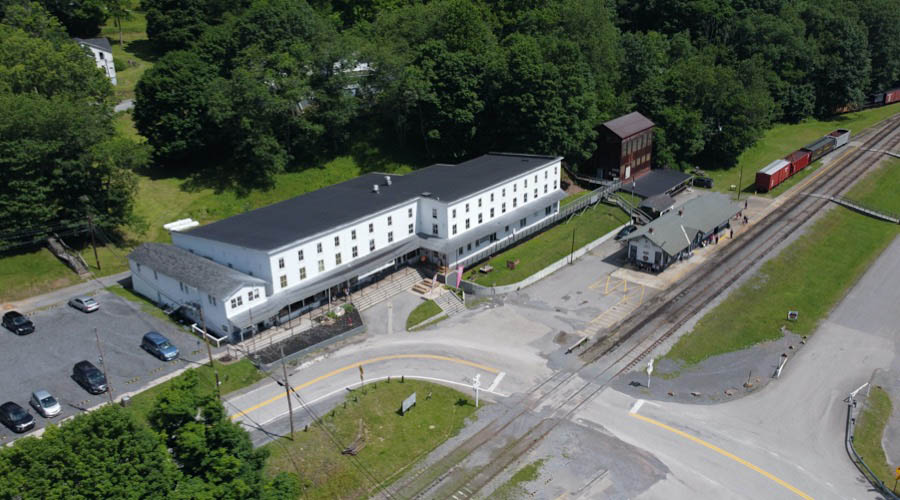
Cass, WV / Jun 2022 / RWH
 Greenbrier River Trail
Greenbrier River Trail

Greenbrier River
Cass, WV / Jun 2022 / RWH

Cass, WV / Jun 2022 / RWH

 he Greenbrier River Trail is a 78-mile multi-use recreational path along a former railroad right-of-way, now used for hiking, biking and horseback riding. It is the longest trail of its kind in the state of West Virginia. The trail offers many scenic views as it passes through several small towns, crosses 35 railroad bridges, passes through two tunnels, and cuts through some of West Virginia’s most remote areas. The trail follows the northern portion of the Chesapeake & Ohio Railway's former Greenbrier Division, constructed between North Caldwell and Cass in 1899. The route was used heavily in the 1920s for through traffic via its connection with the Western Maryland Railway at Durbin, serving quarries, sawmills, and tanneries, as well as agricultural and livestock operations. Traffic declined after 1940, and passenger service on the line ended in 1958; freight service in 1978. After abandonment, the railroad donated most of the right-of-way to the state; in 1980 the trail was opened to the public.
he Greenbrier River Trail is a 78-mile multi-use recreational path along a former railroad right-of-way, now used for hiking, biking and horseback riding. It is the longest trail of its kind in the state of West Virginia. The trail offers many scenic views as it passes through several small towns, crosses 35 railroad bridges, passes through two tunnels, and cuts through some of West Virginia’s most remote areas. The trail follows the northern portion of the Chesapeake & Ohio Railway's former Greenbrier Division, constructed between North Caldwell and Cass in 1899. The route was used heavily in the 1920s for through traffic via its connection with the Western Maryland Railway at Durbin, serving quarries, sawmills, and tanneries, as well as agricultural and livestock operations. Traffic declined after 1940, and passenger service on the line ended in 1958; freight service in 1978. After abandonment, the railroad donated most of the right-of-way to the state; in 1980 the trail was opened to the public.

Cass, WV / Jun 2022 / RWH

Jun 2022 / RWH

Cass, WV / Jun 2022 / RWH

Click to see the Greenbrier River Trail access plotted on a Google Maps page

Cass, WV / Jun 2022 / RWH

Cass, WV / Jun 2022 / RWH

See also our growing Greenbrier River Trail route scrapbook in Preservation
 Sawmill Ruins
Sawmill Ruins

The Cass Mill: The parking lot [near the depot] was formerly the storage area for finished lumber produced by the Cass mill. The mill buildings are between the track and the river. The mill was owned by West Virginia Spruce Lumber Co (1902-1910), West Virginia Pulp & Paper (1910-1942), and Mower Lumber Co (1942-60). It burned in 1922, was rebuilt in 1922-23, and closed July 1, 1960. Capacity was 125,000 board feet per 11-hour shift. It produced 35 million feet of lumber per year during peak production. The mill was abandoned when lumber operations ceased in 1960. It was quietly moldering away when it was struck by two arson fires in the 1980's that completely destroyed its wooden parts.
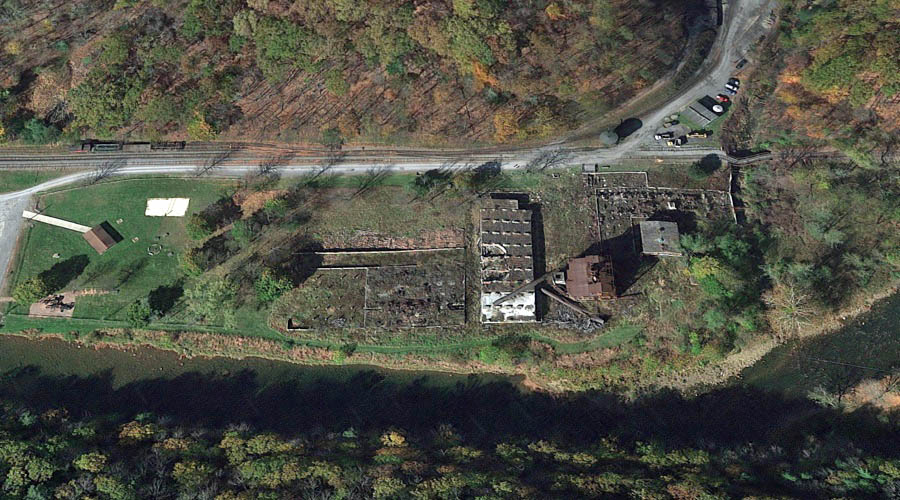
Sawmill ruins overhead / Google Maps

Click to see the Sawmill Ruins plotted on a Google Maps page
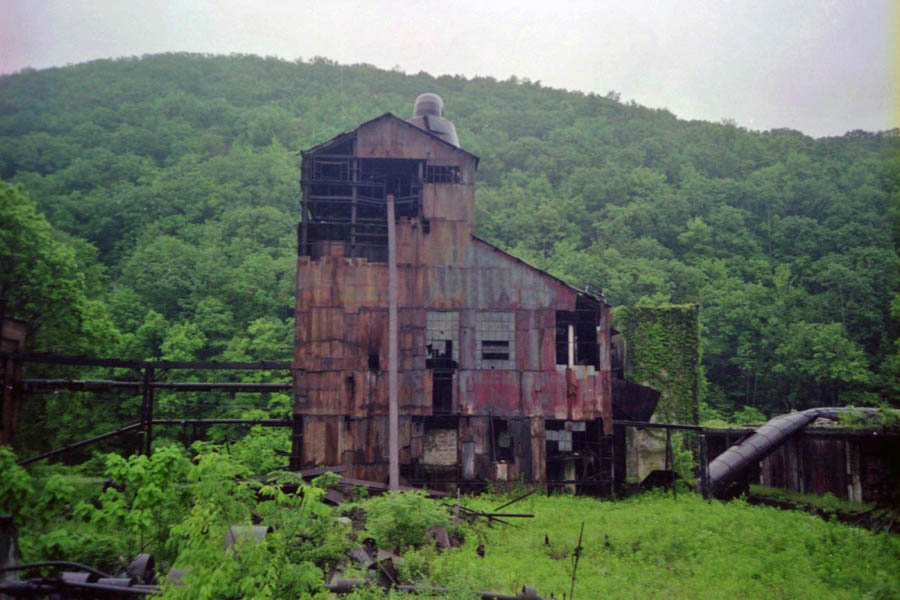
Cass, WV / Jun 2003 / RWH
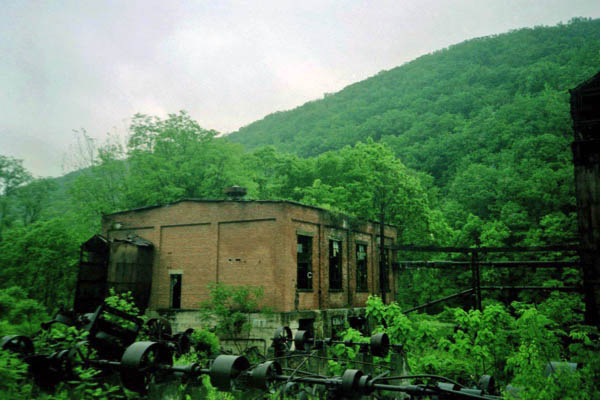
Cass, WV / Jun 2003 / RWH
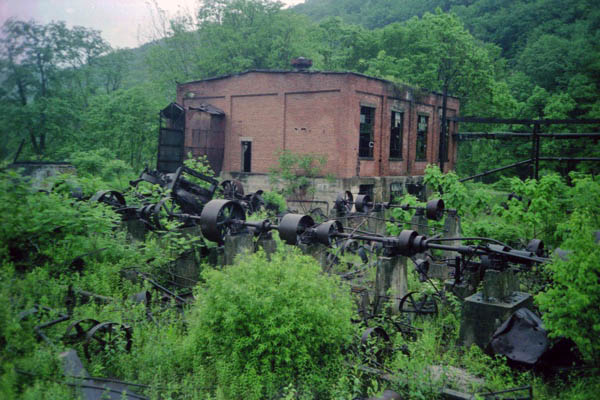
Cass, WV / Jun 2003 / RWH

See also our Cass Shops scrapbook elsewhere in our Cass Scenic collection
